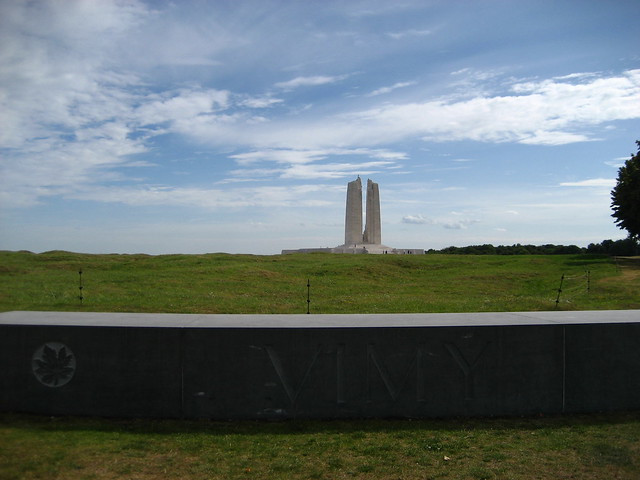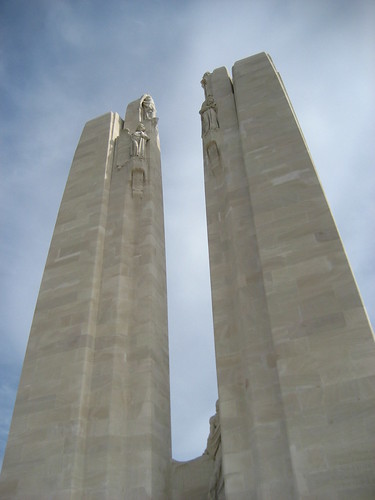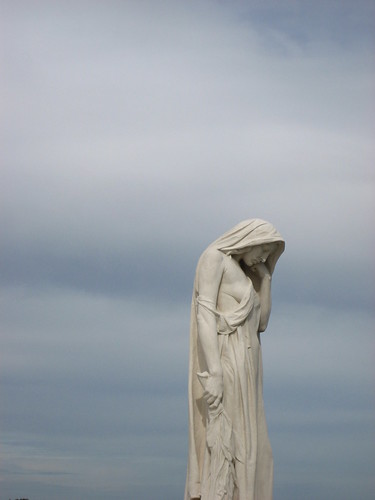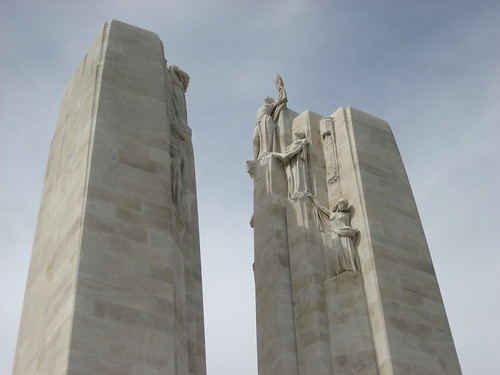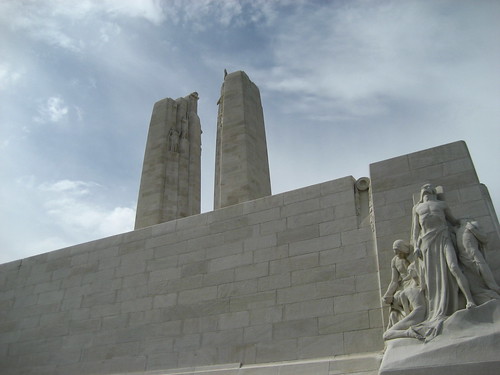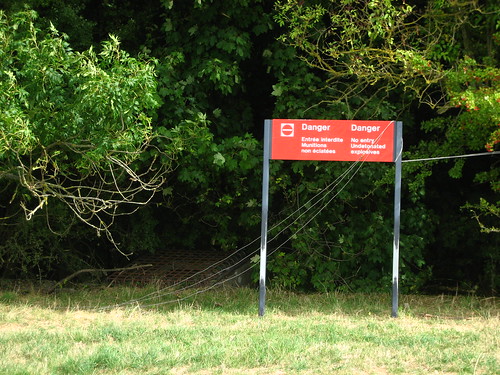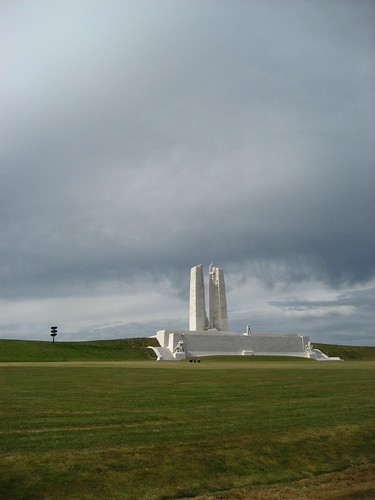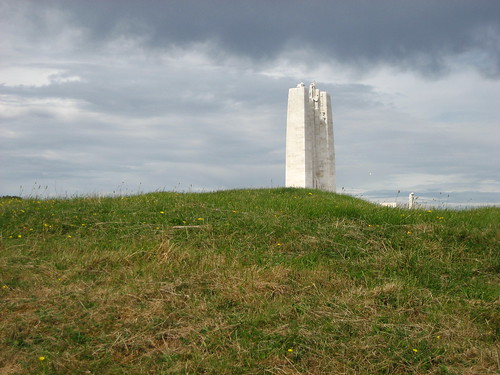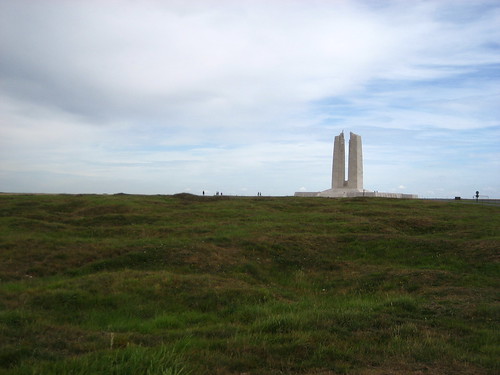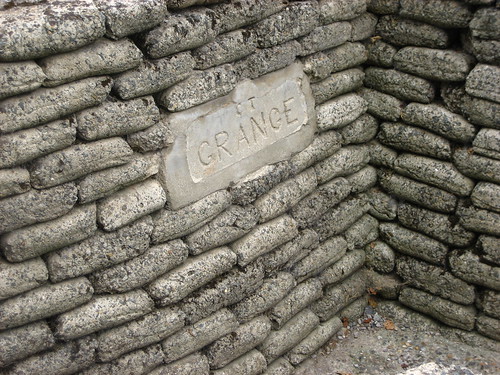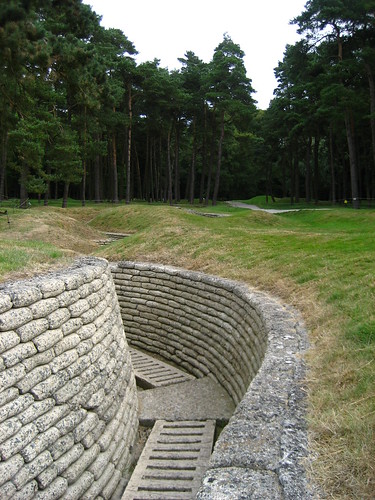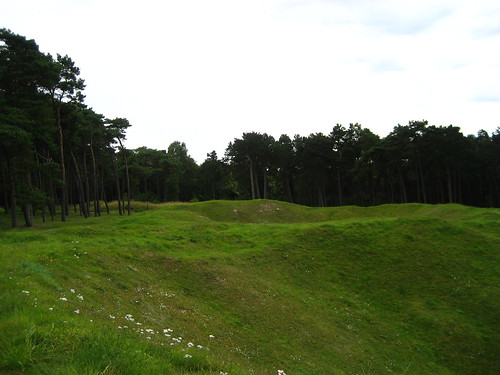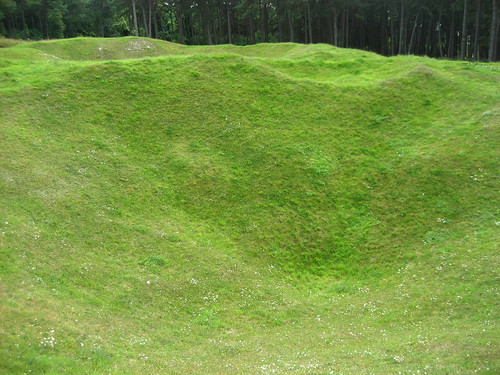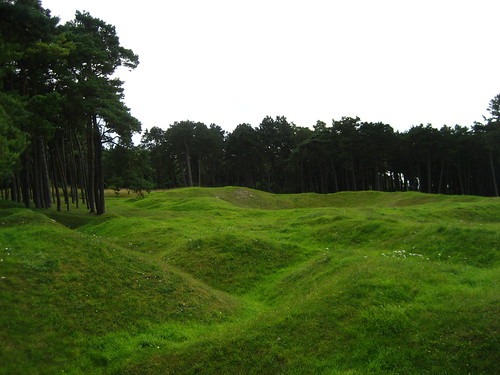jn_12
Senior Member
Ypres is about 2 hours West of Brussels and we spent most of a day here on a private tour of the WWI Battlegrounds. It's hard to really put into words what it's like to be at a place where hundreds of thousands died. Surreal is maybe the best way to describe it, but it's definitely a humbling experience.
Everything in the town of Ypres was rebuilt post-WWI exactly how it looked prior to the war with German money. So everything you see in these pictures might look old, but nothing pre-dates 1920. The large arch in the middle of town is the Menin Gate with names of those in the Commonwealth forces who were killed and missing. Also in this set is Tyne Cot Cemetery which is the largest Commonwealth Cemetery in the world, and is the home to the grave of Private James Peter Robinson who was a Canadian Victoria Cross recipient.

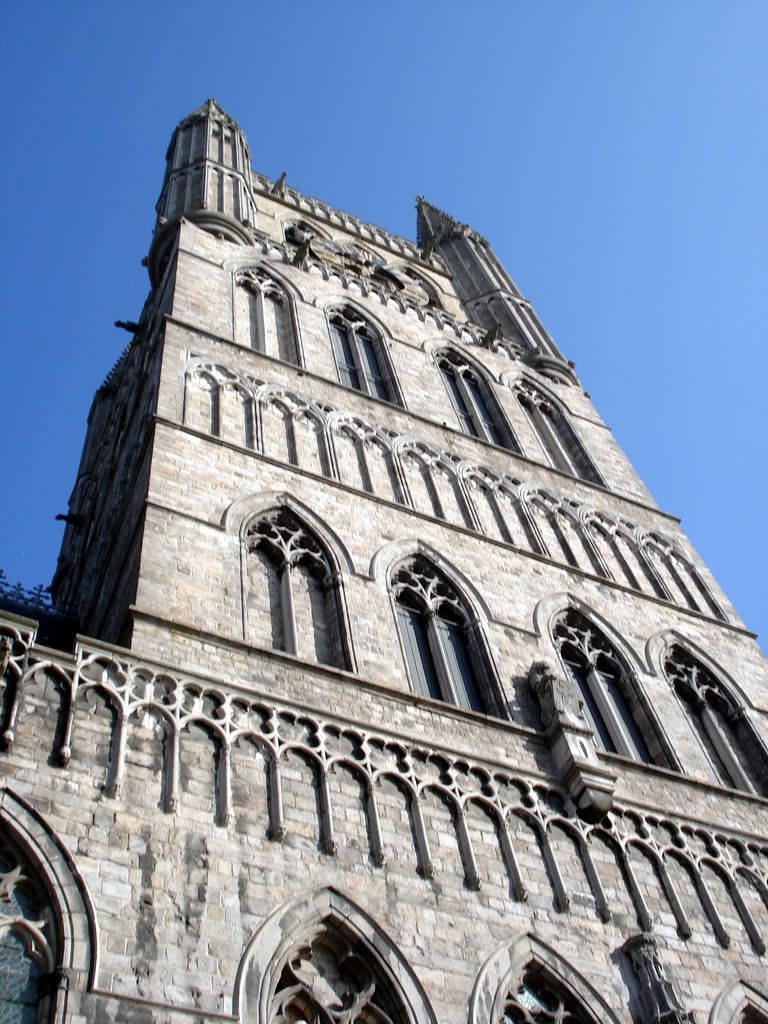
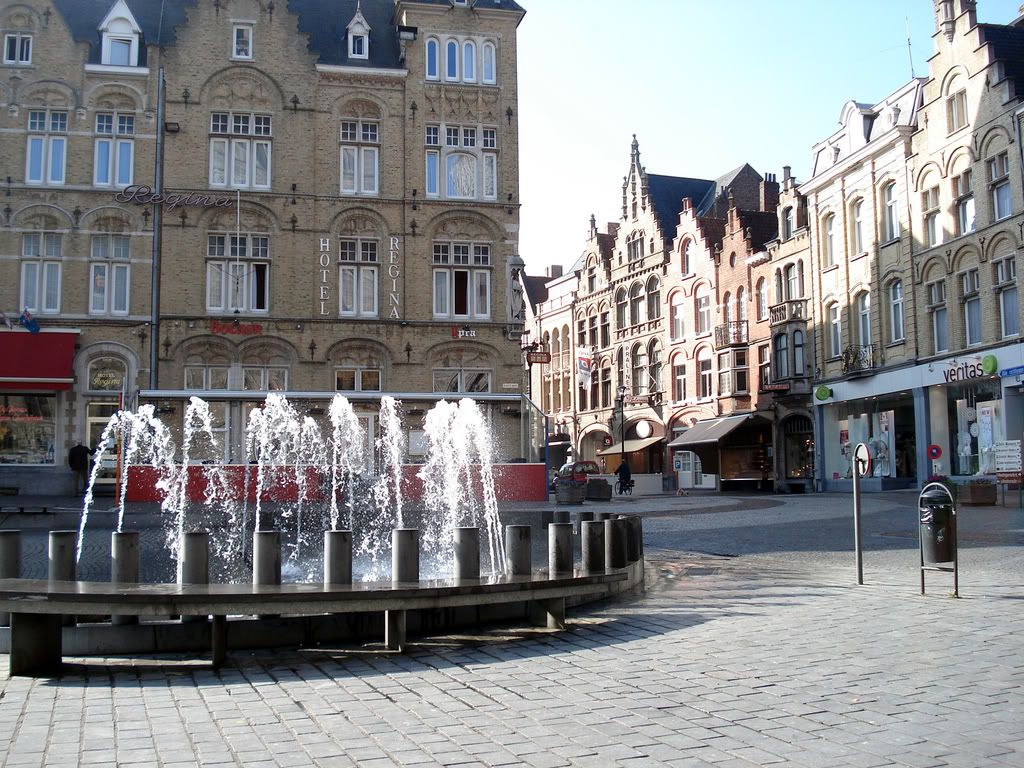
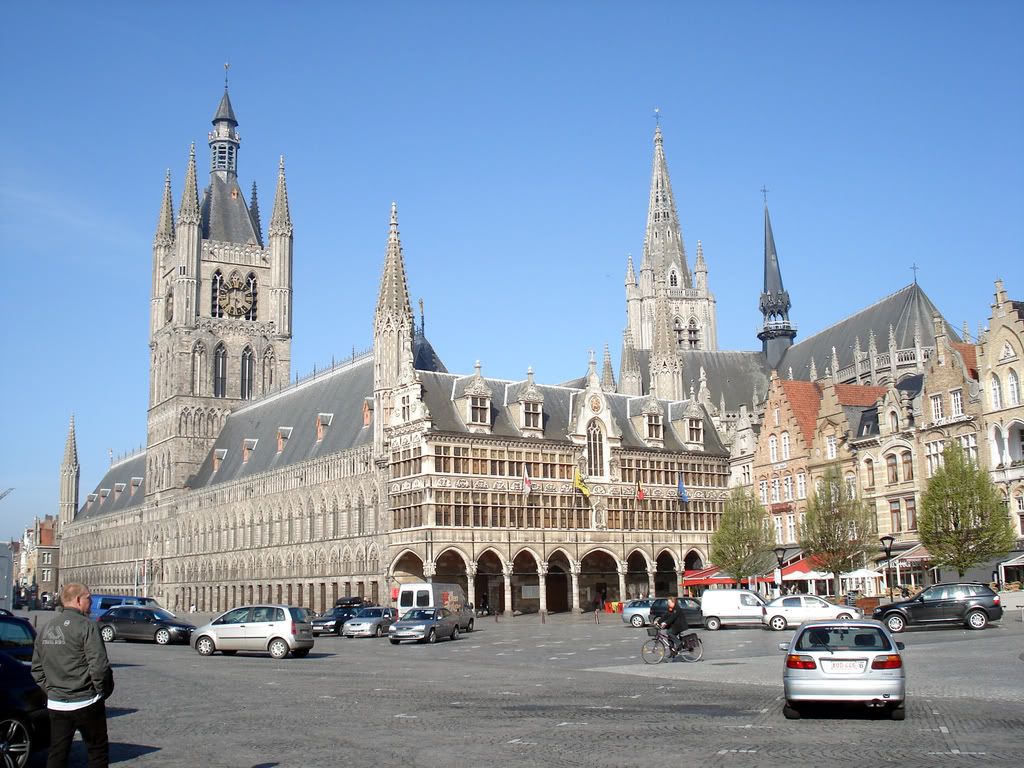
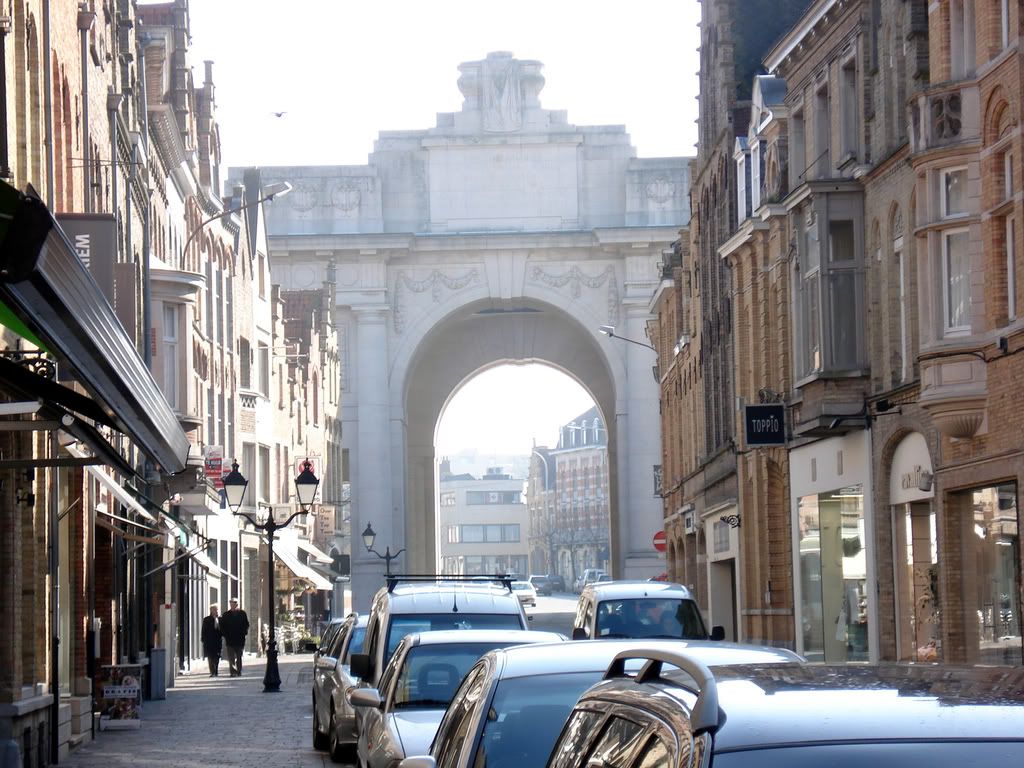
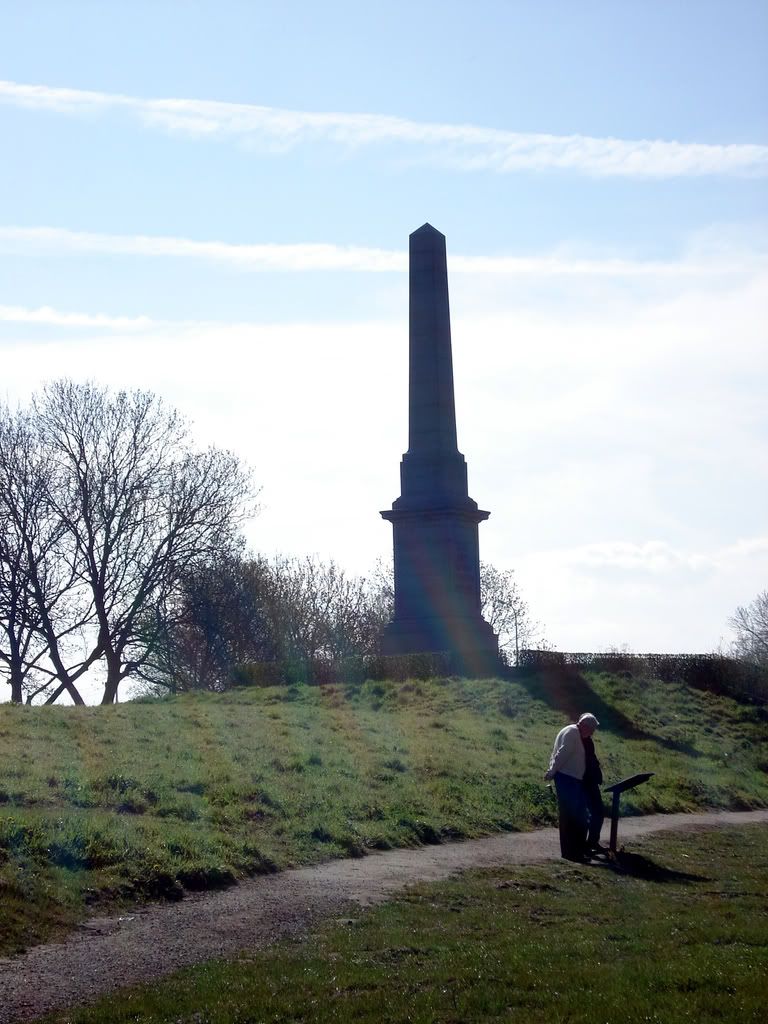
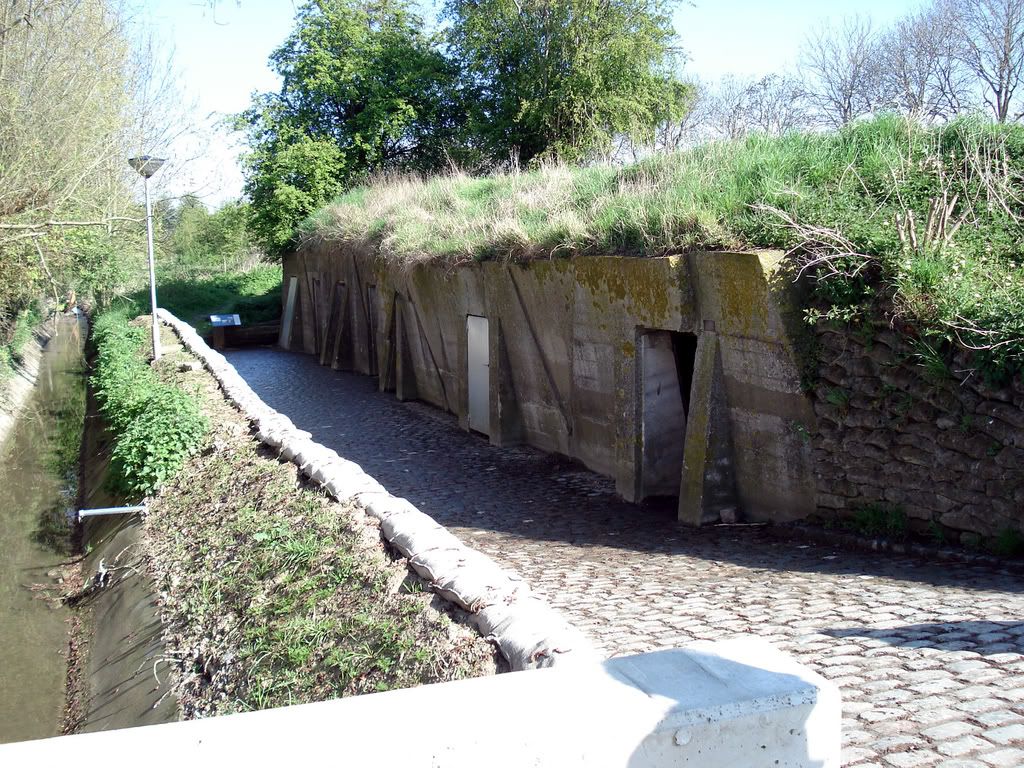
The spot where "In Flanders Fields" by John McCrae
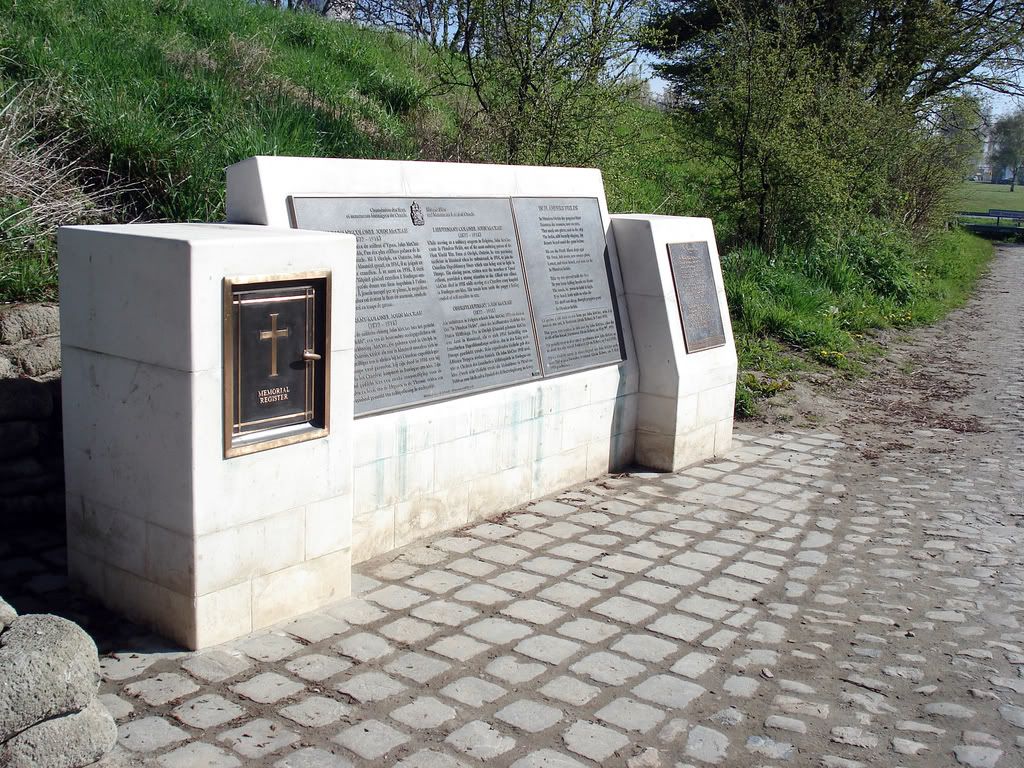
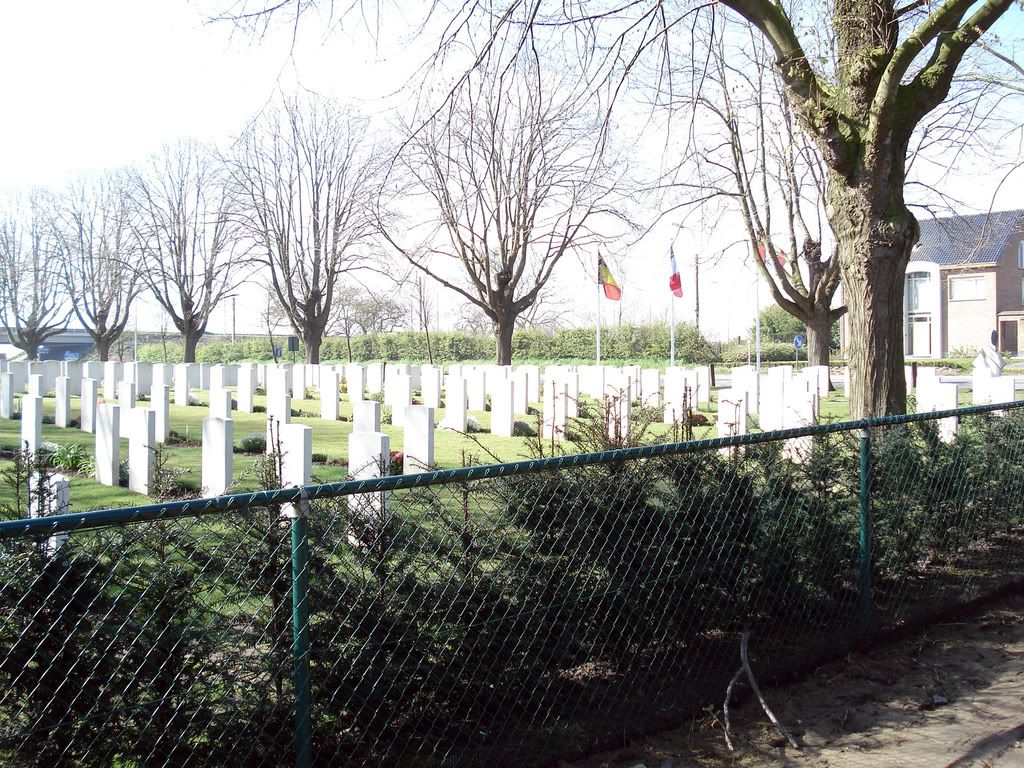
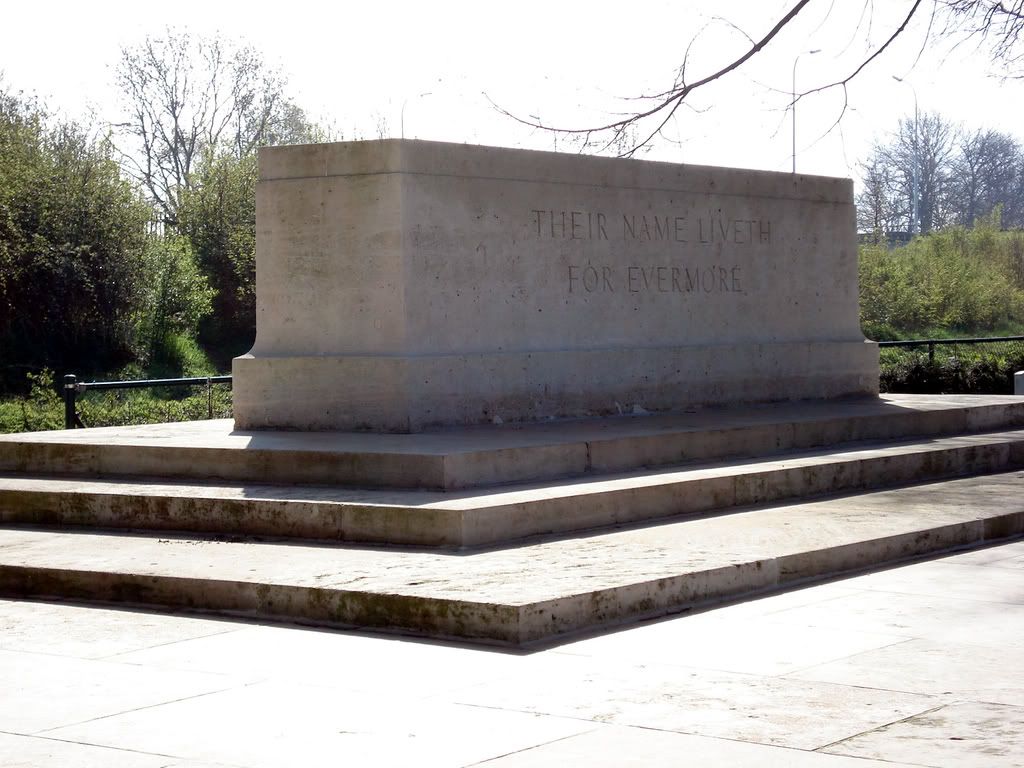
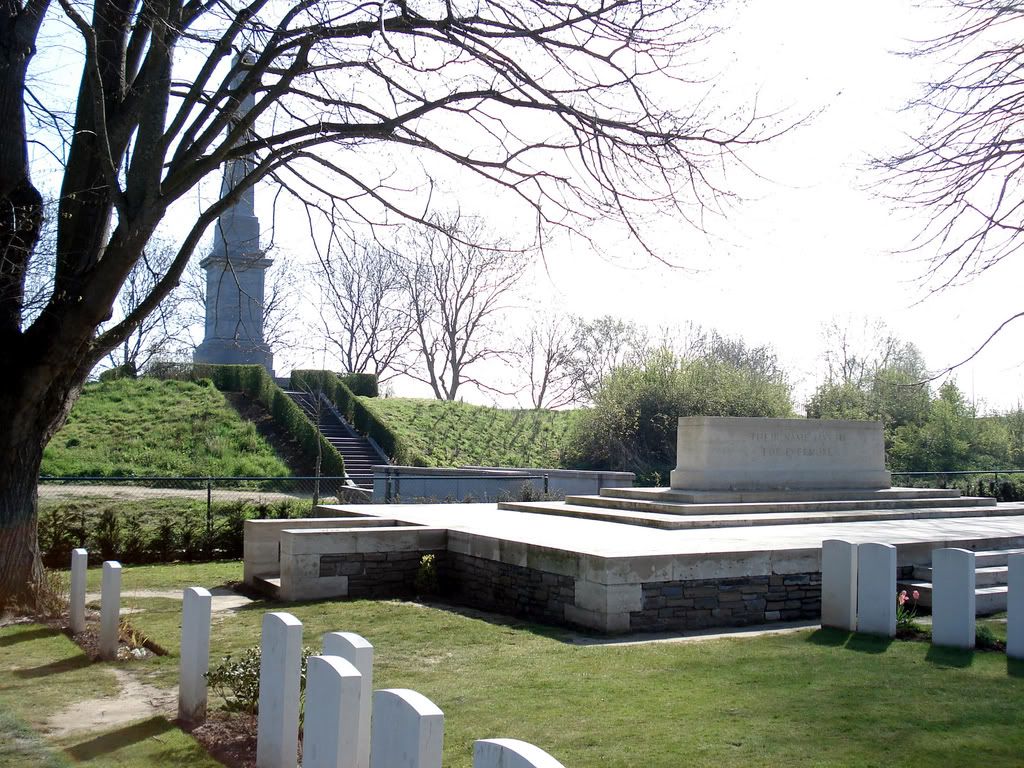
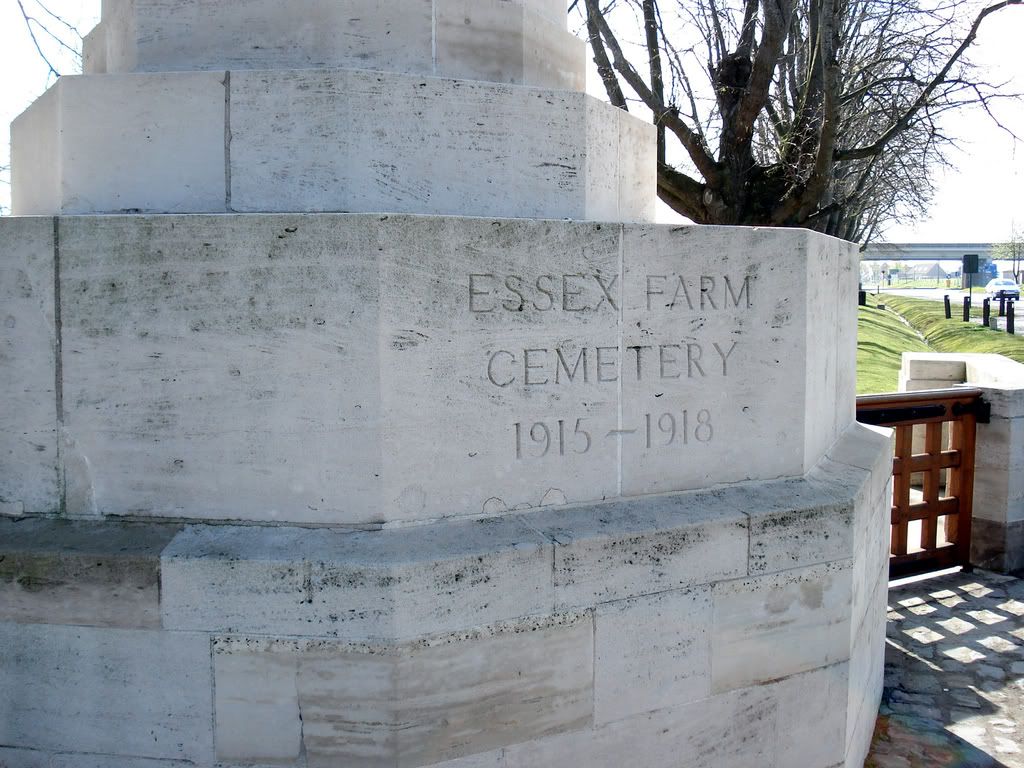
One of only 4 German cemeteries in Belgium. Essentially it is a mass grave as bodies were simply tossed into a pit. Hitler visited this cemetery a couple times during WWII.
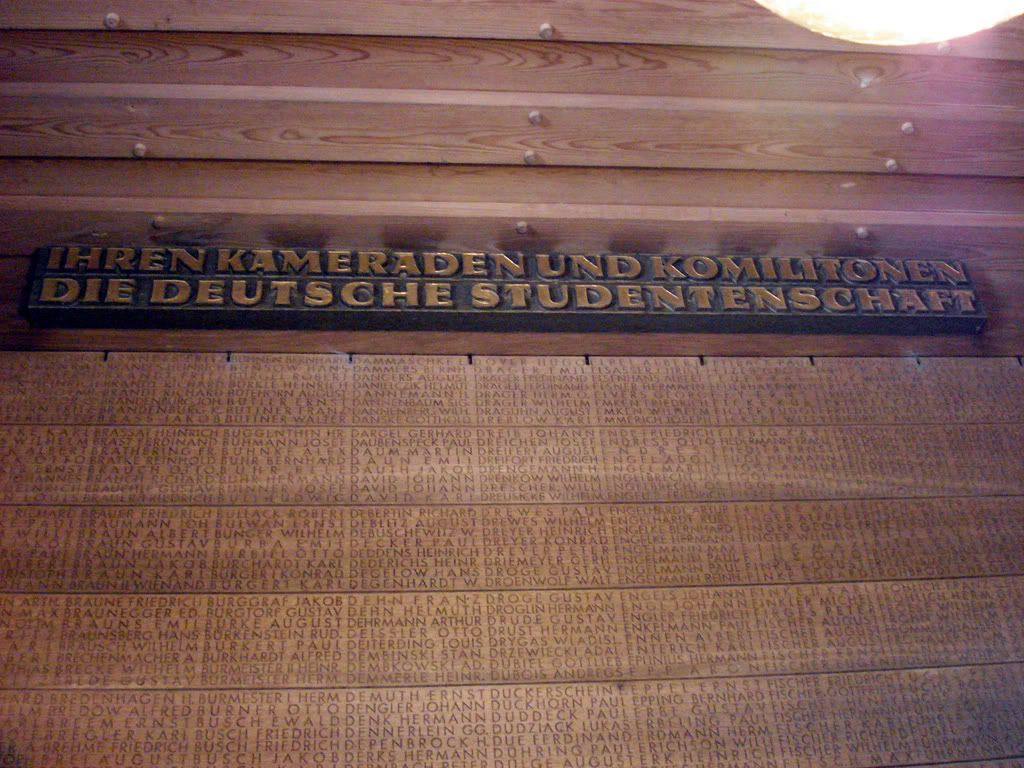
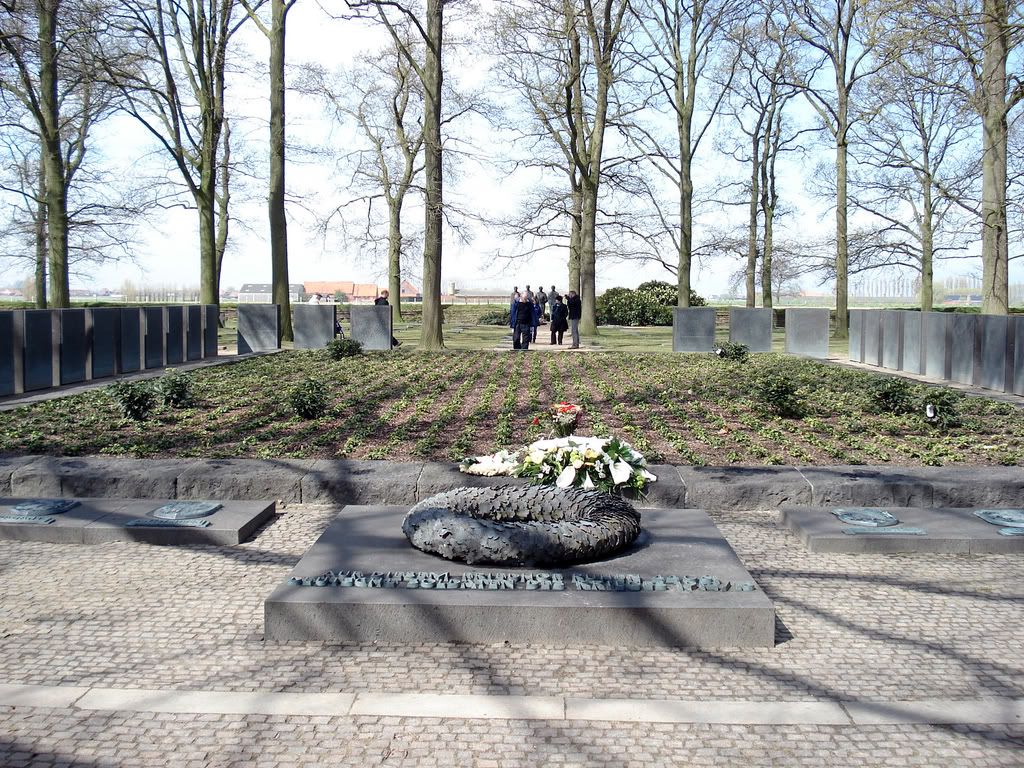
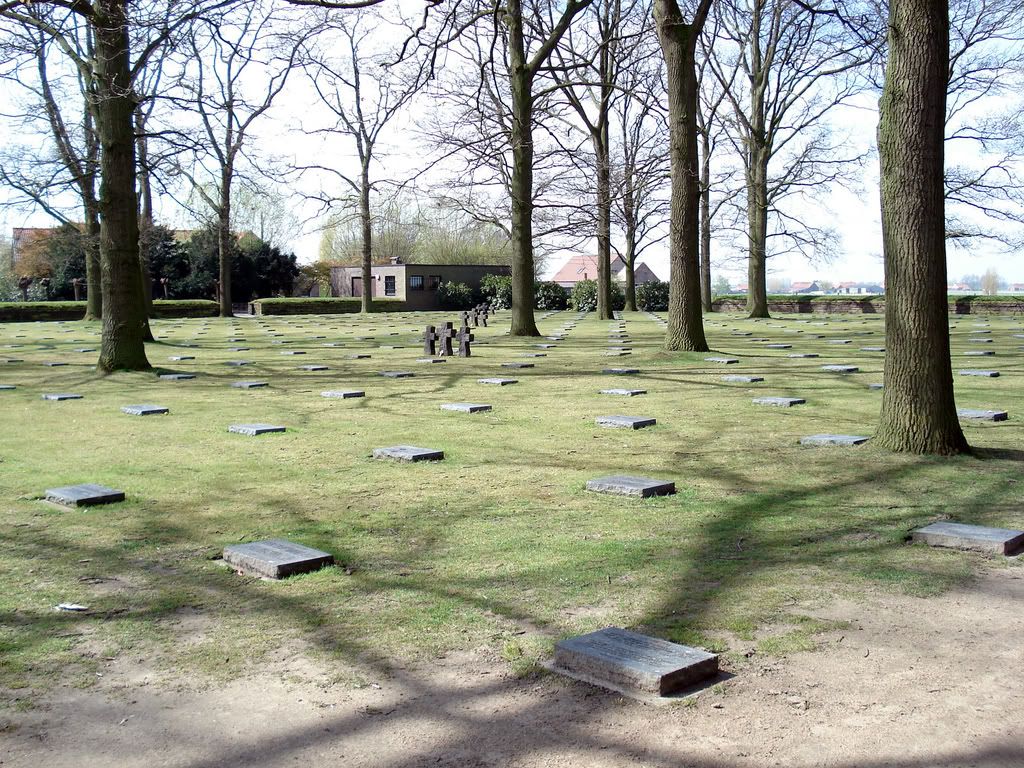
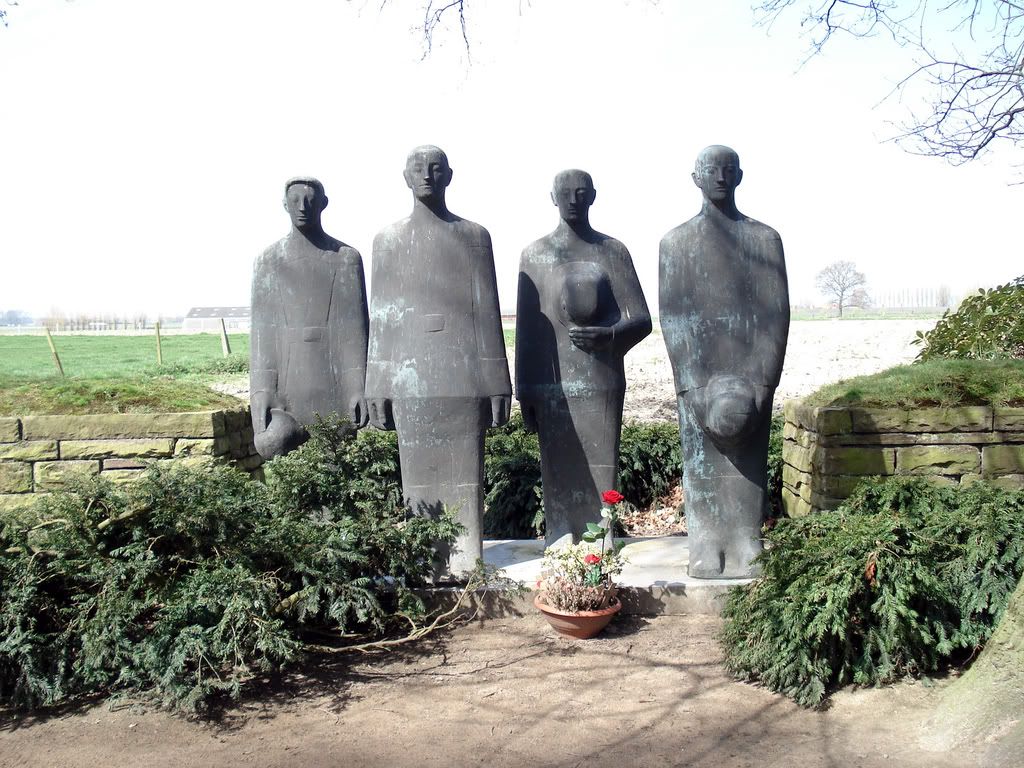
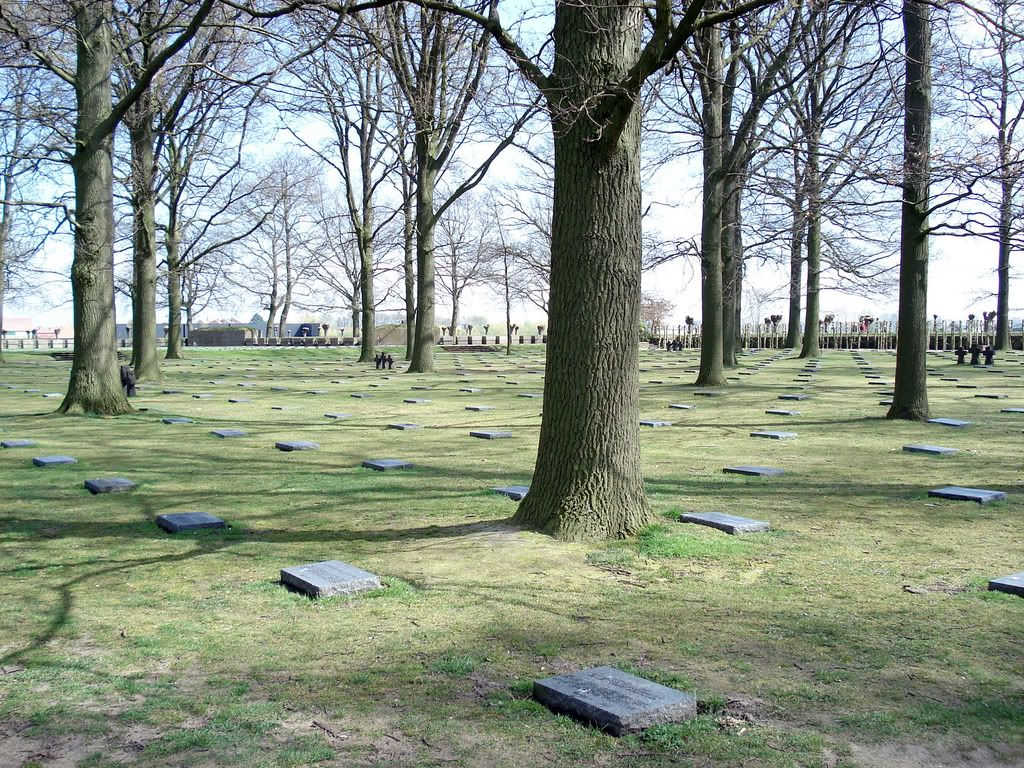

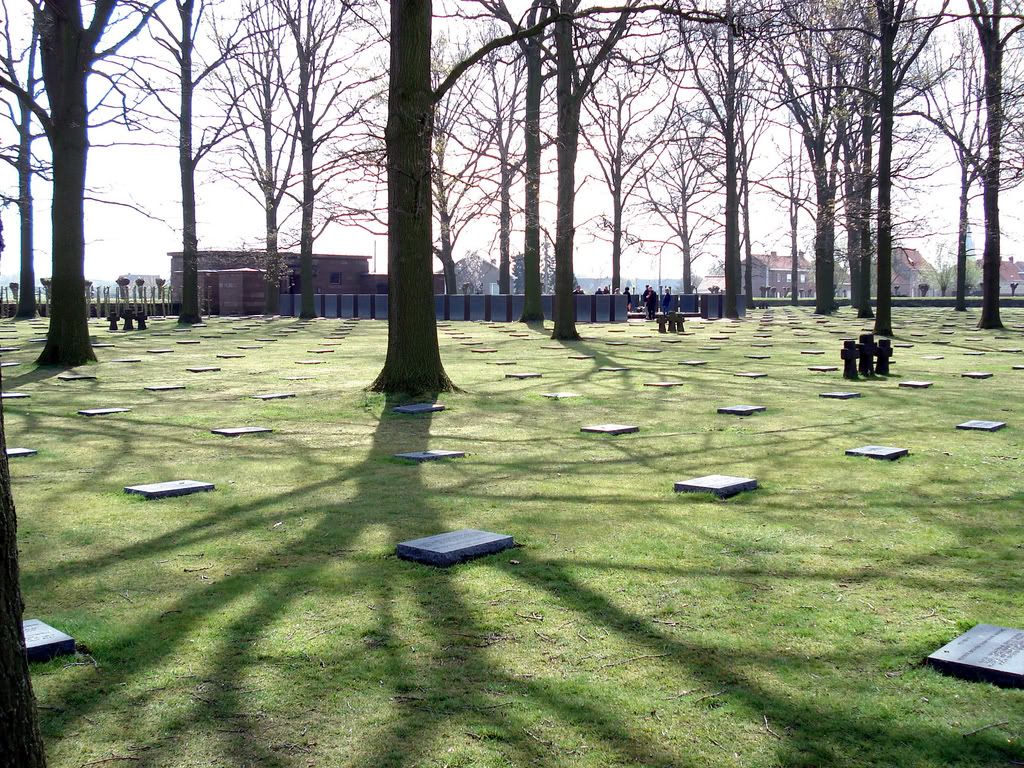
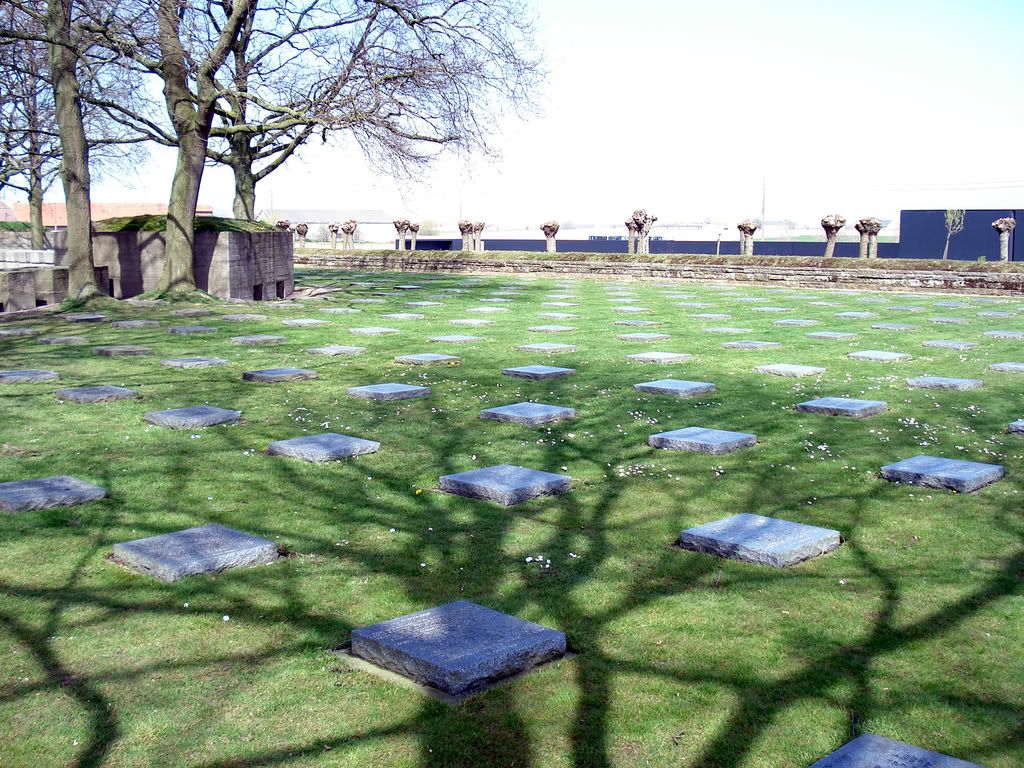
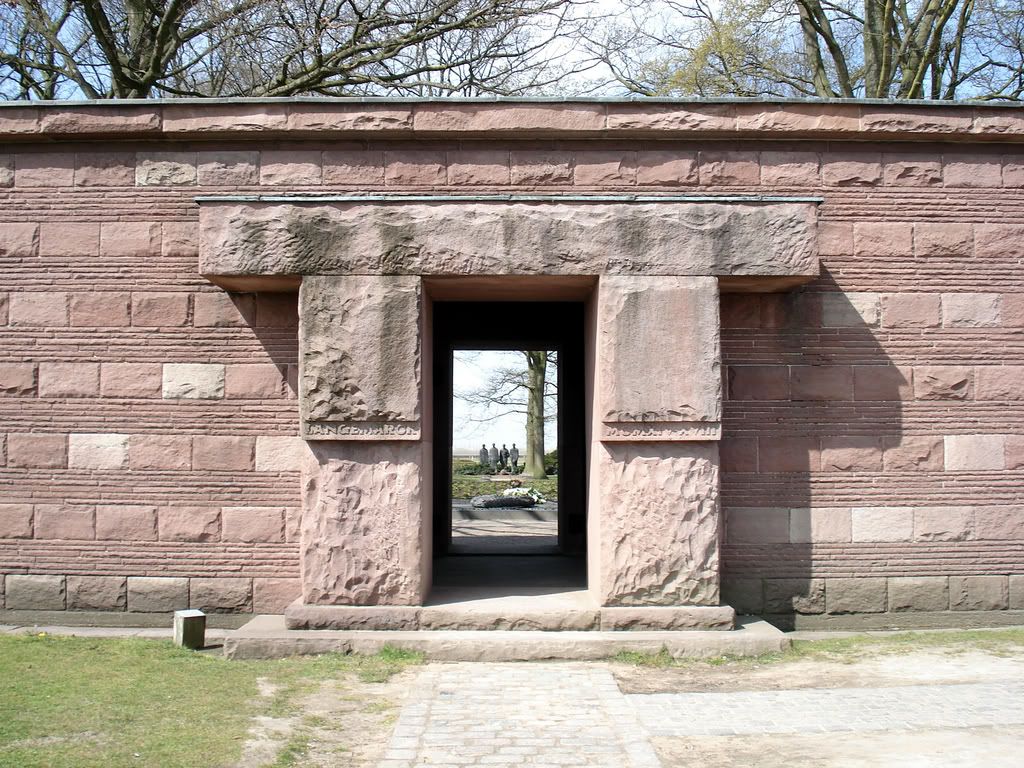
The Canadian WWI War Memorial. This is the exact spot where Mustard Gas was first used by the Germans.
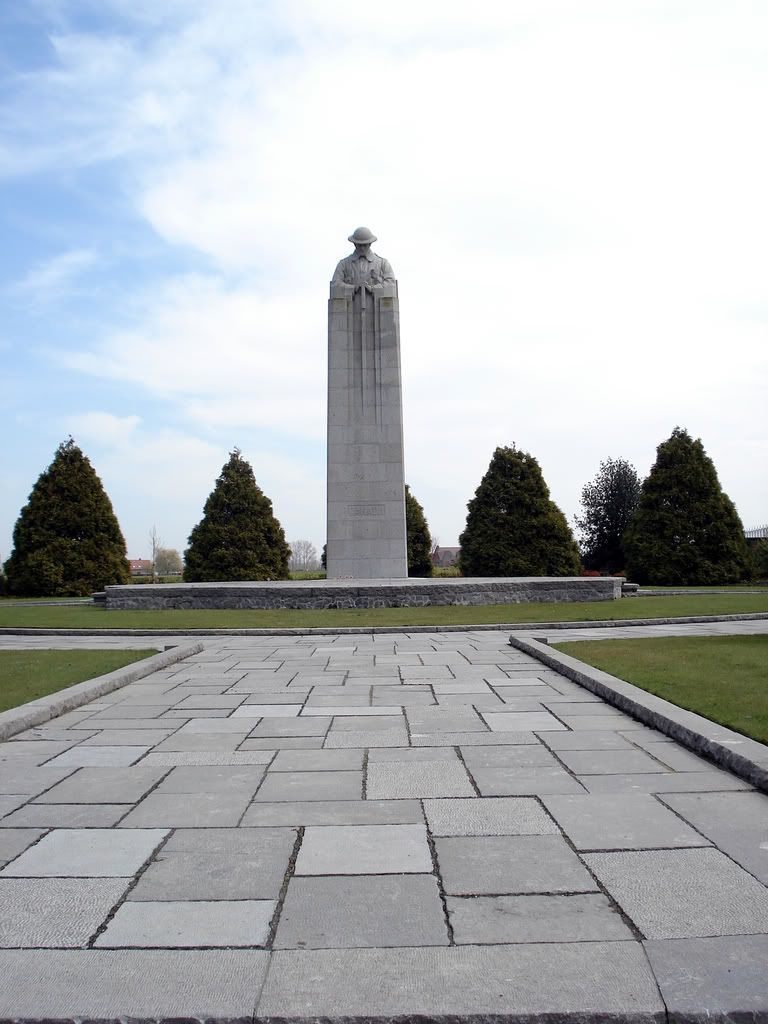
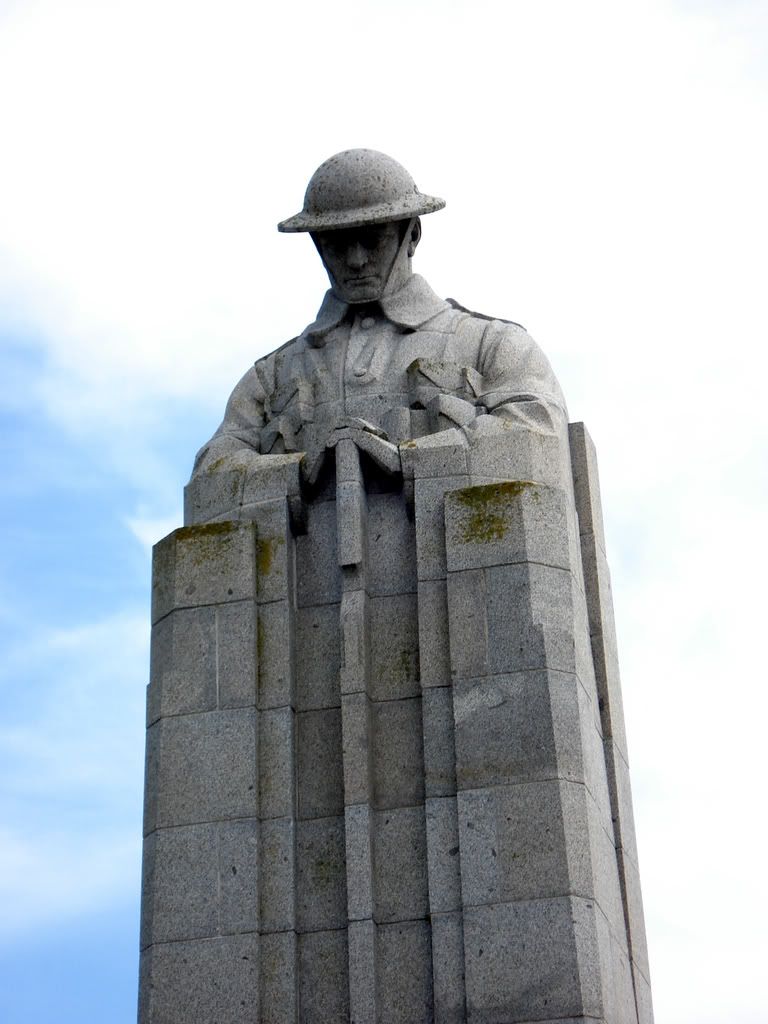
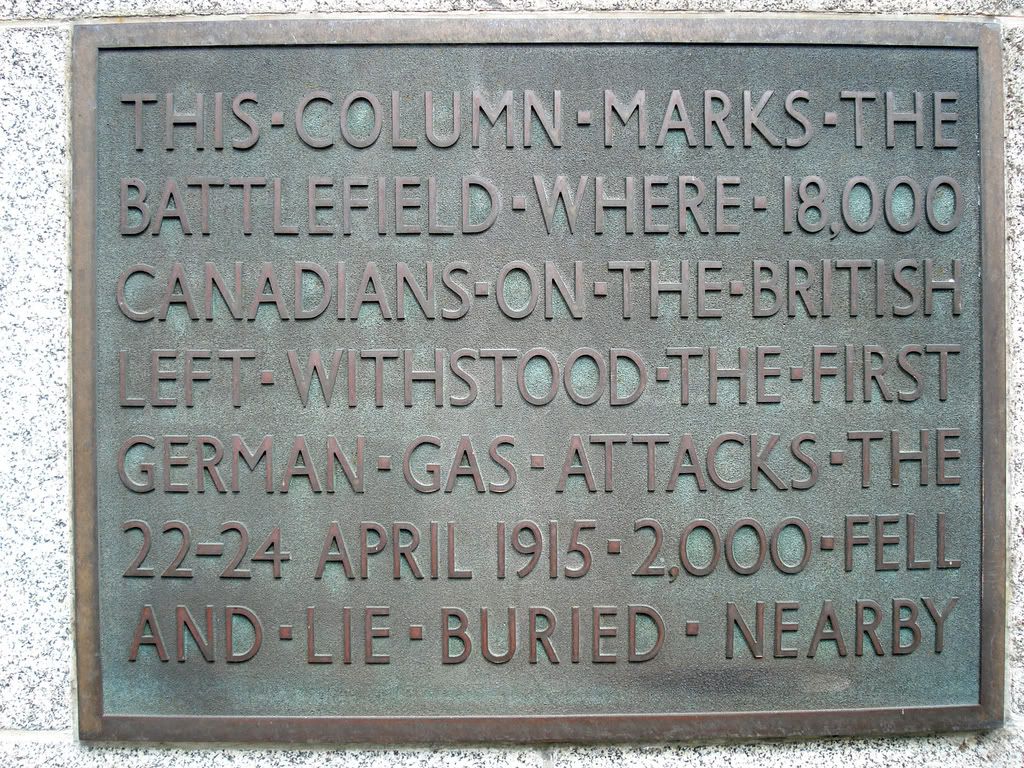
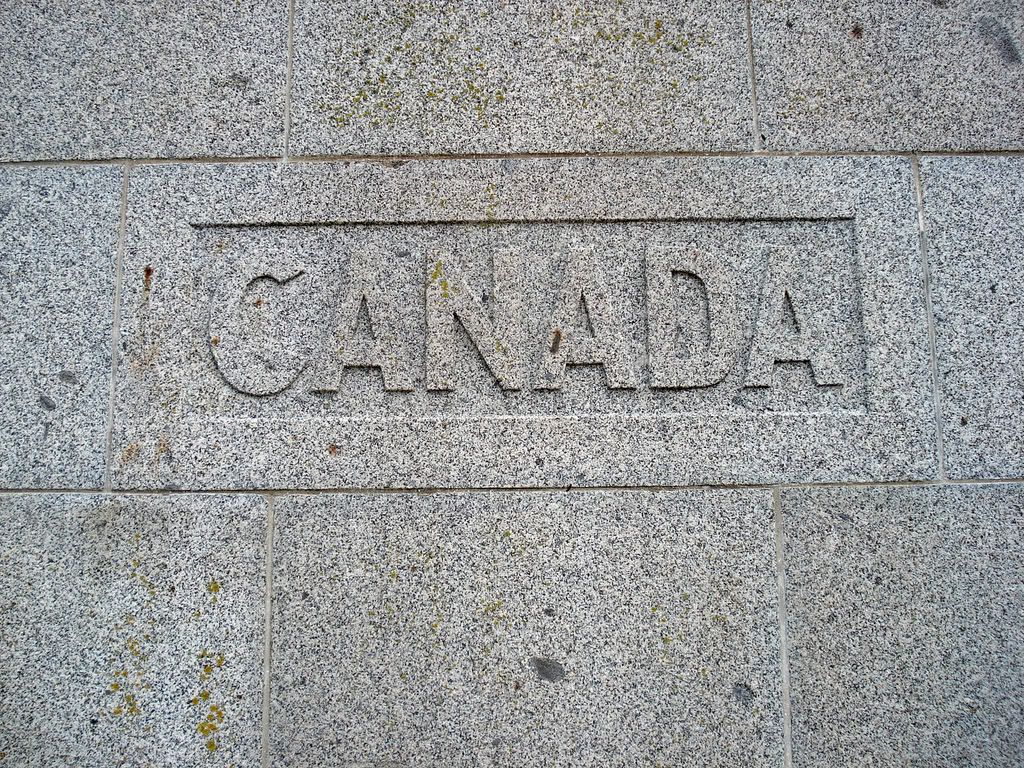
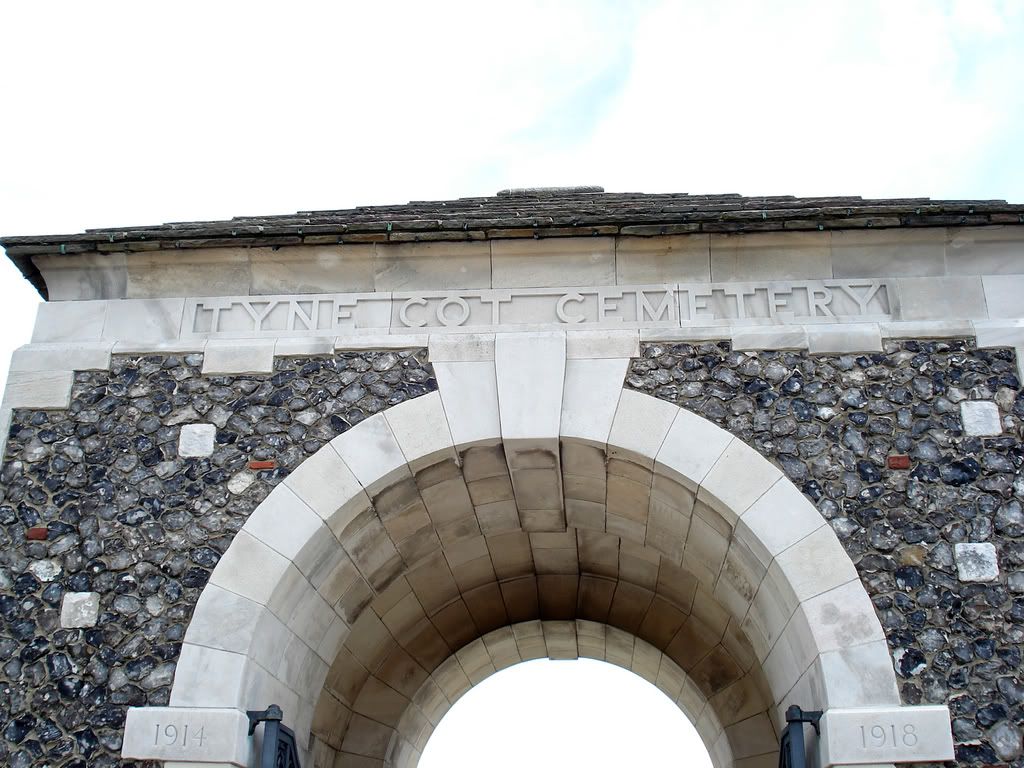
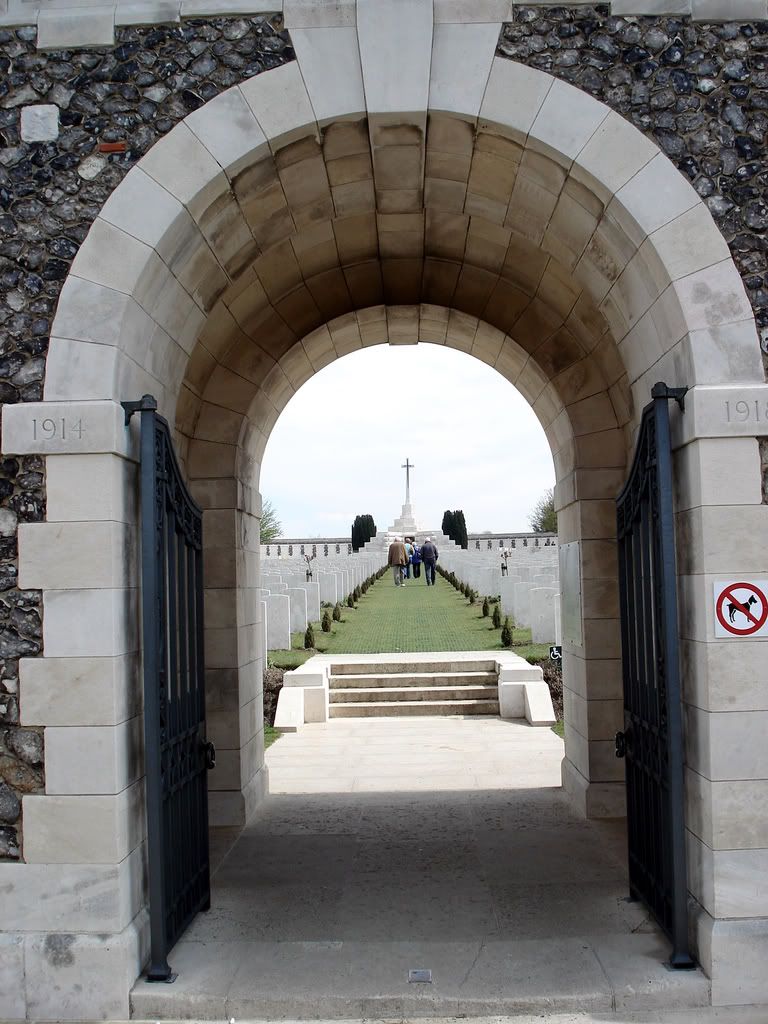
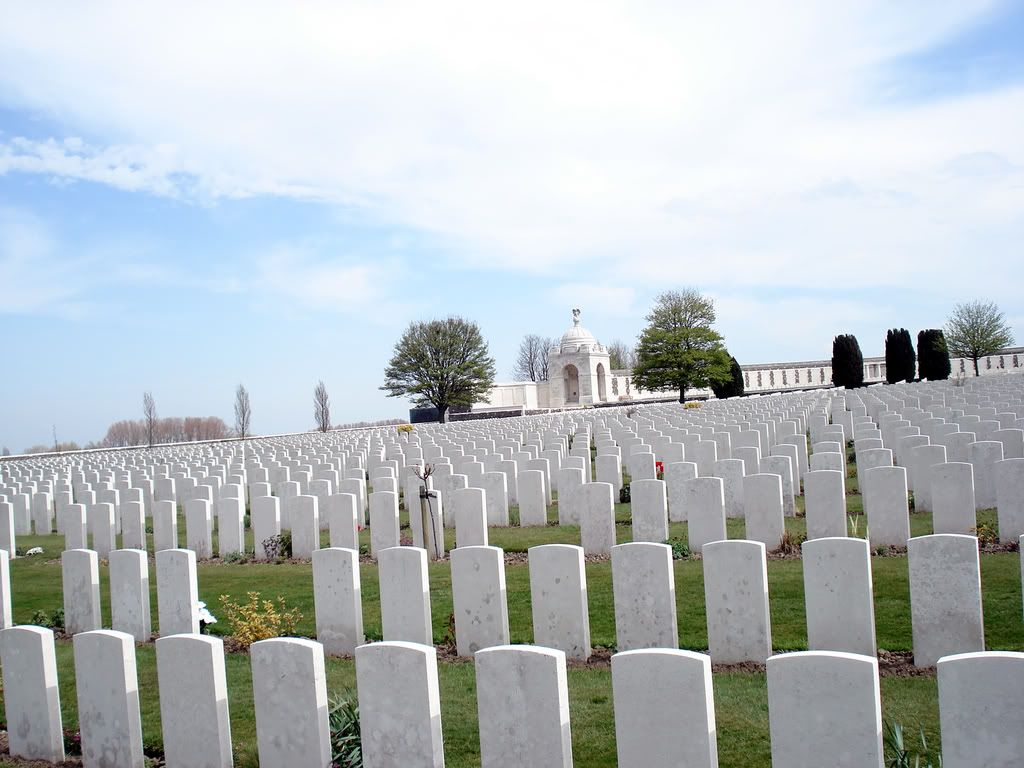
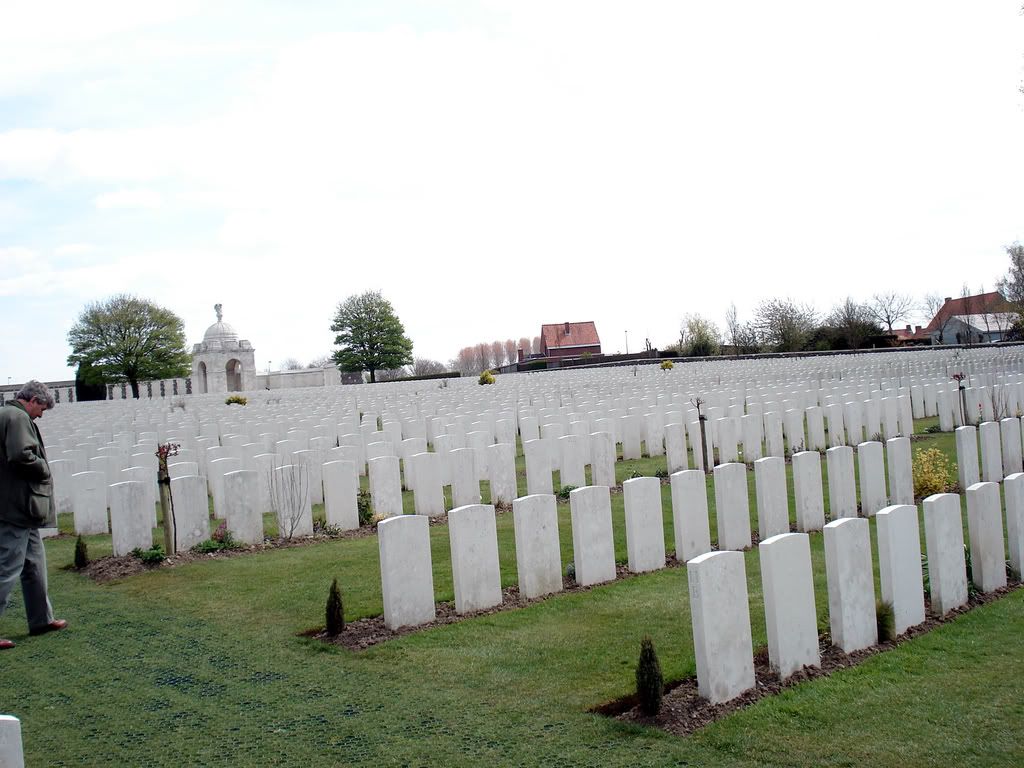
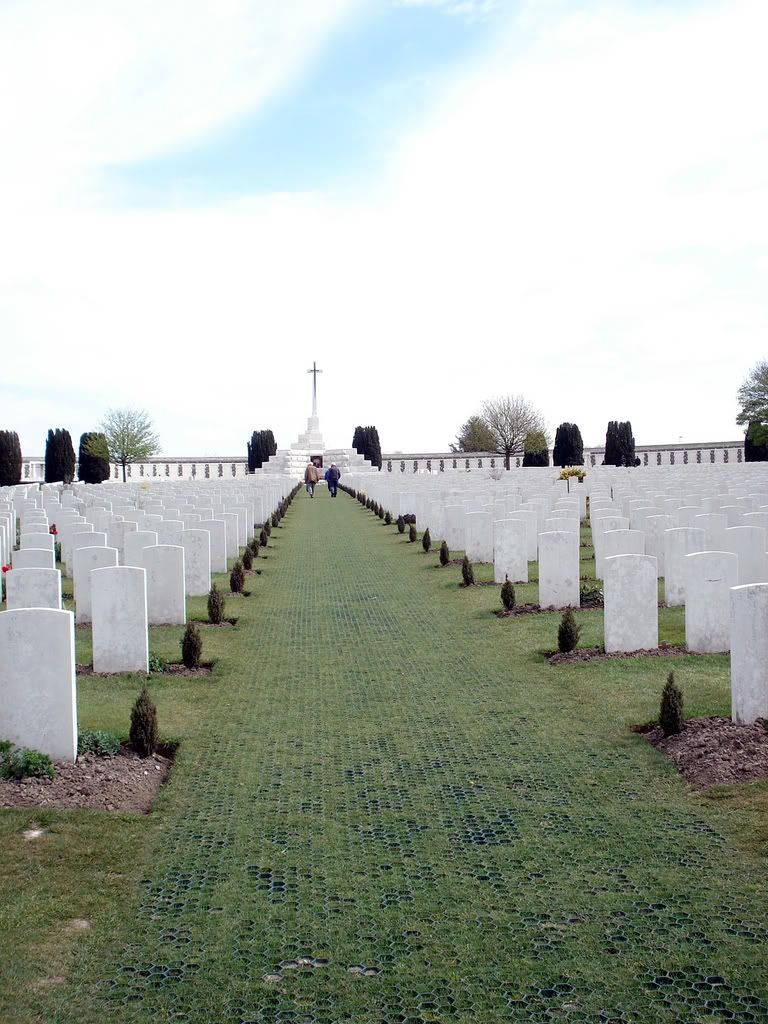

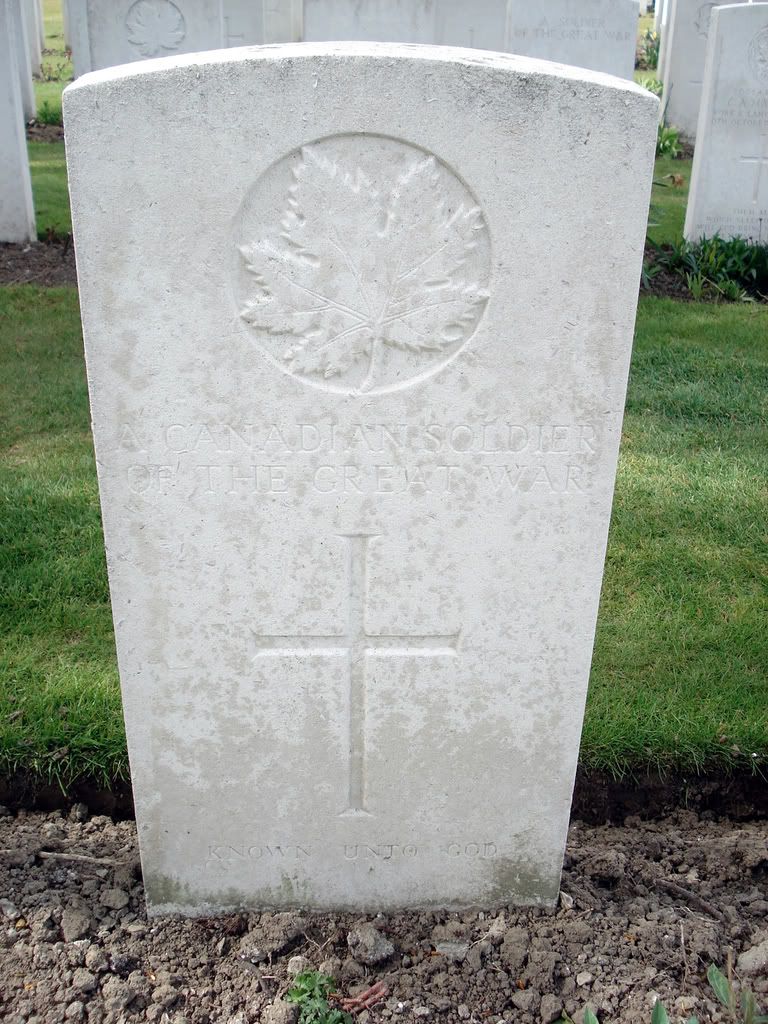
This field is outside Passchendale and is on the edge of Tyne Cot Cemetery. In the ground here is anywhere from 100,000 to 250,000 bodies that were never recovered. For every square yard there are 34 bodies in the ground.
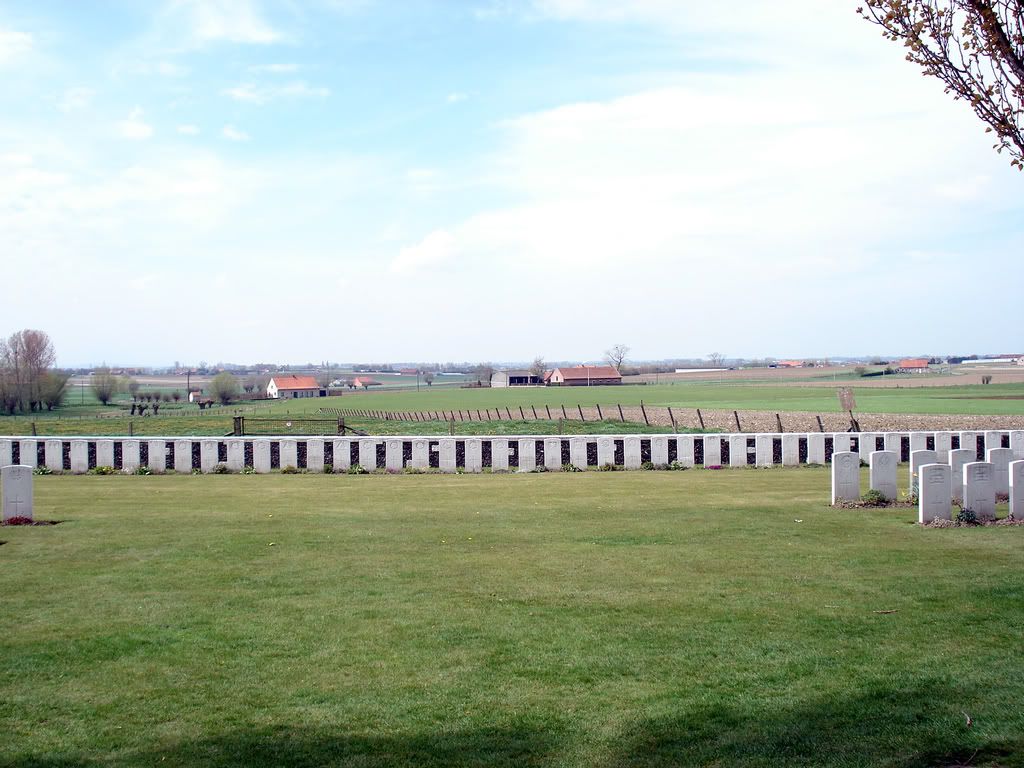
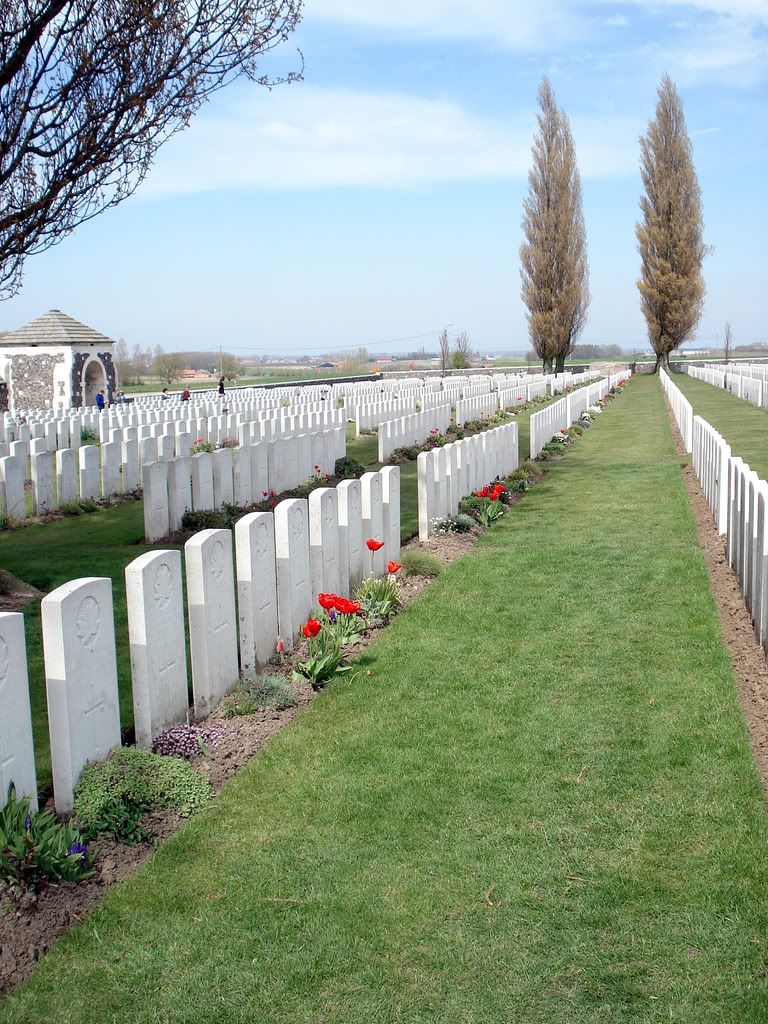
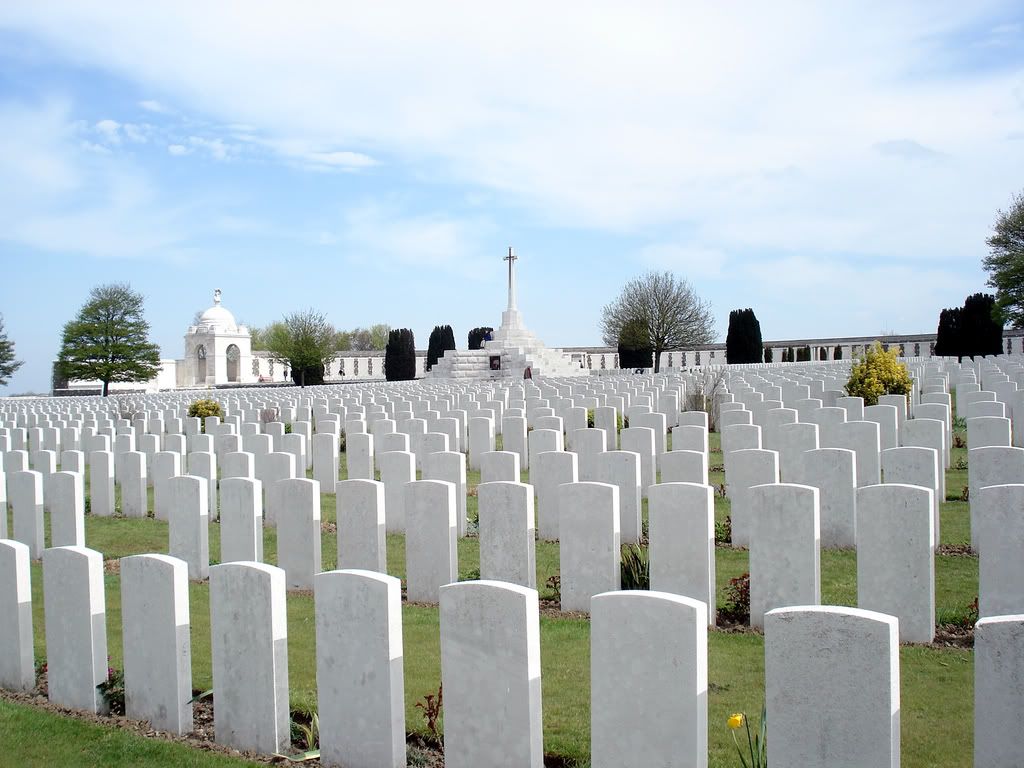
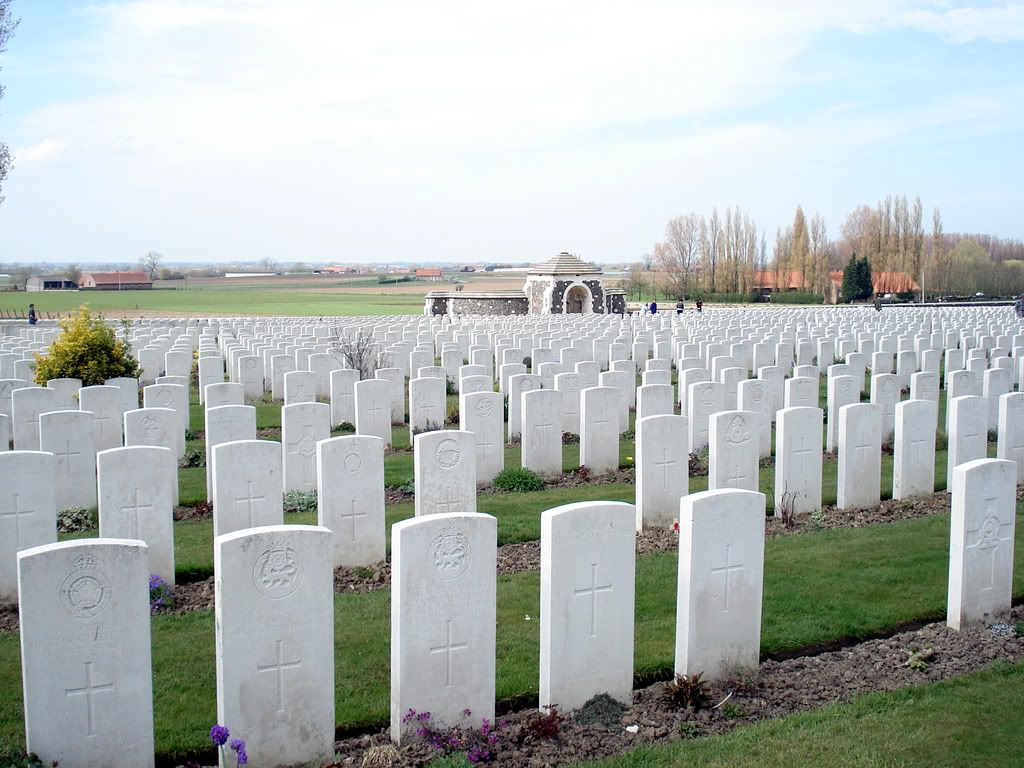
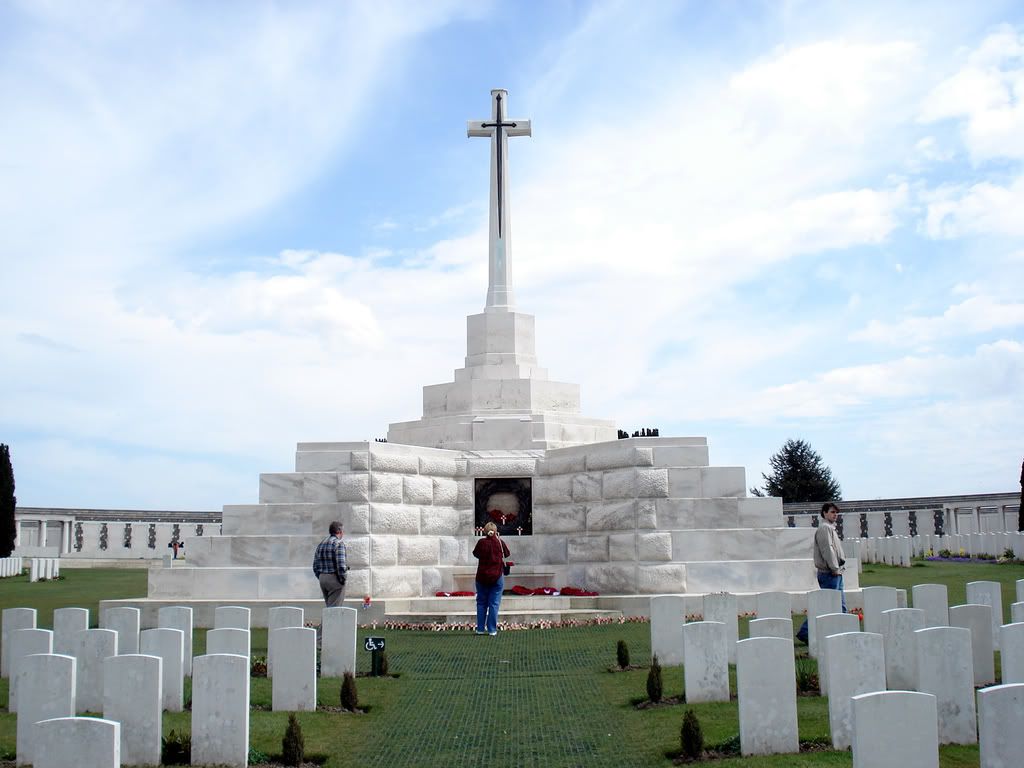
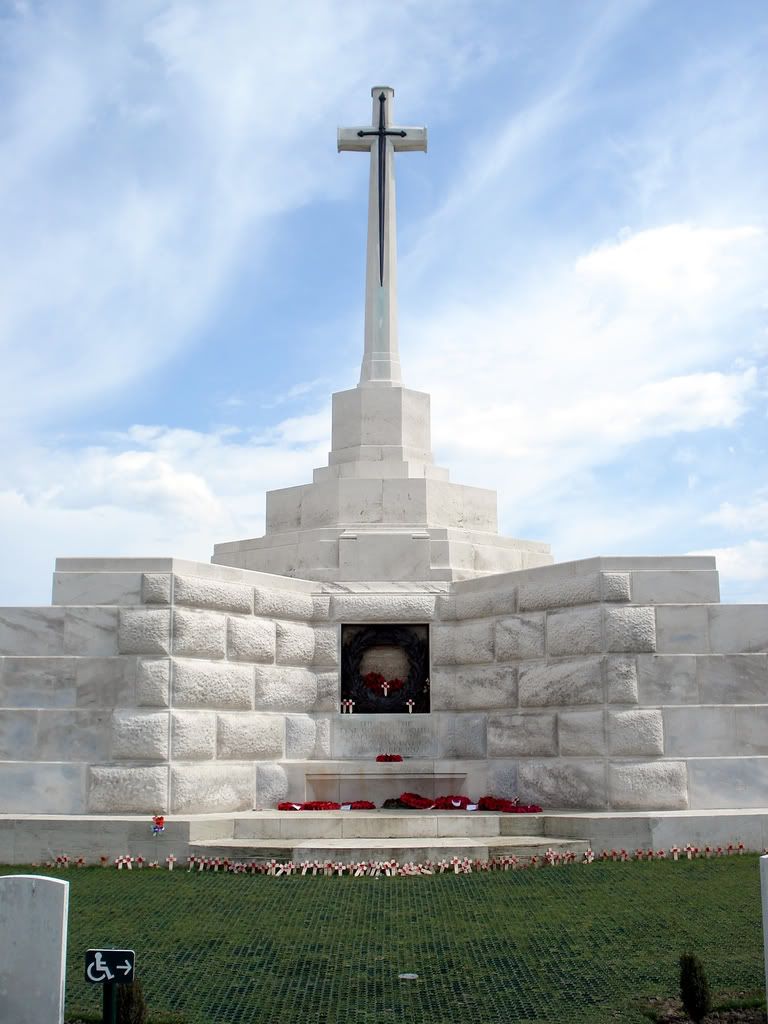
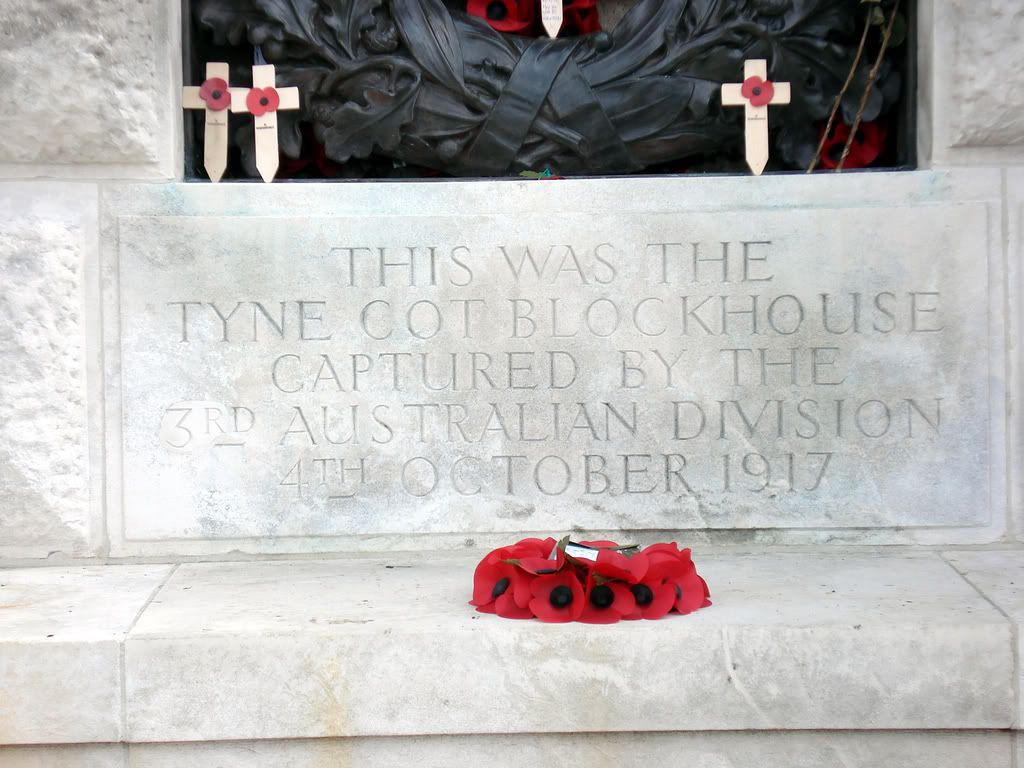
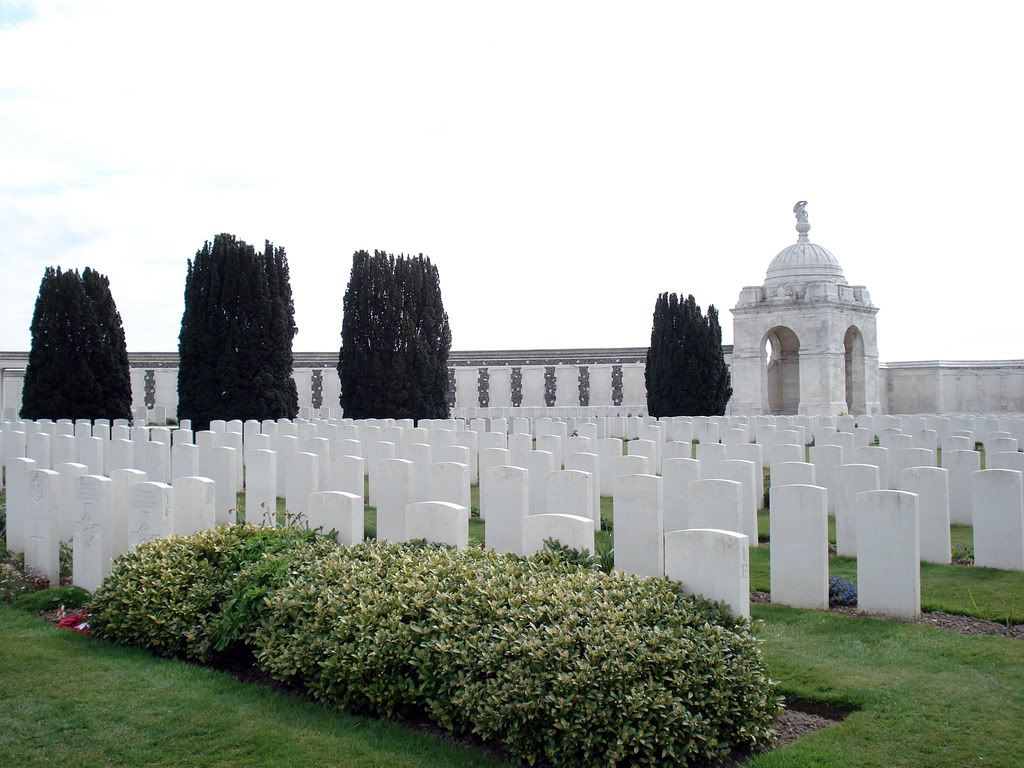
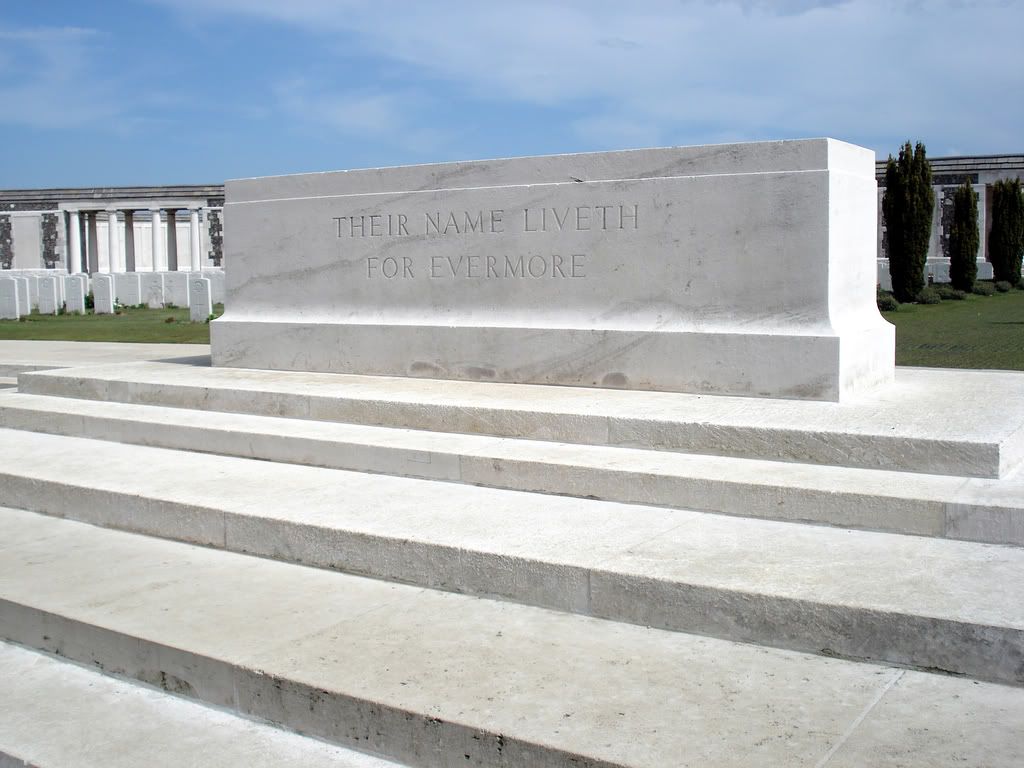
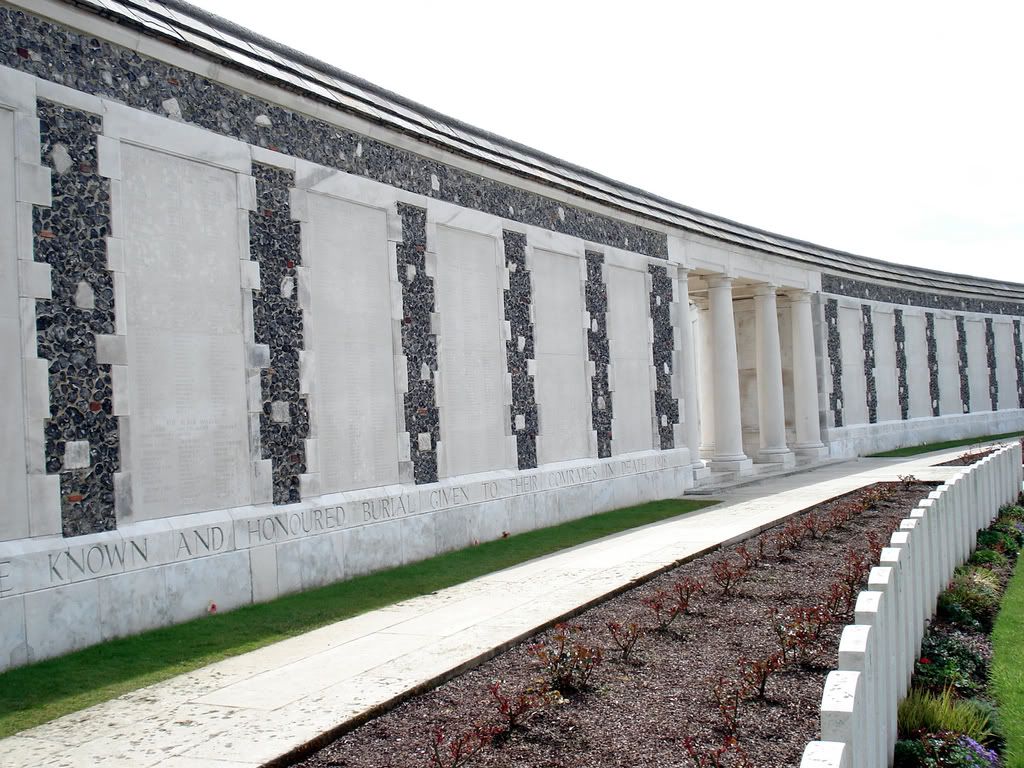


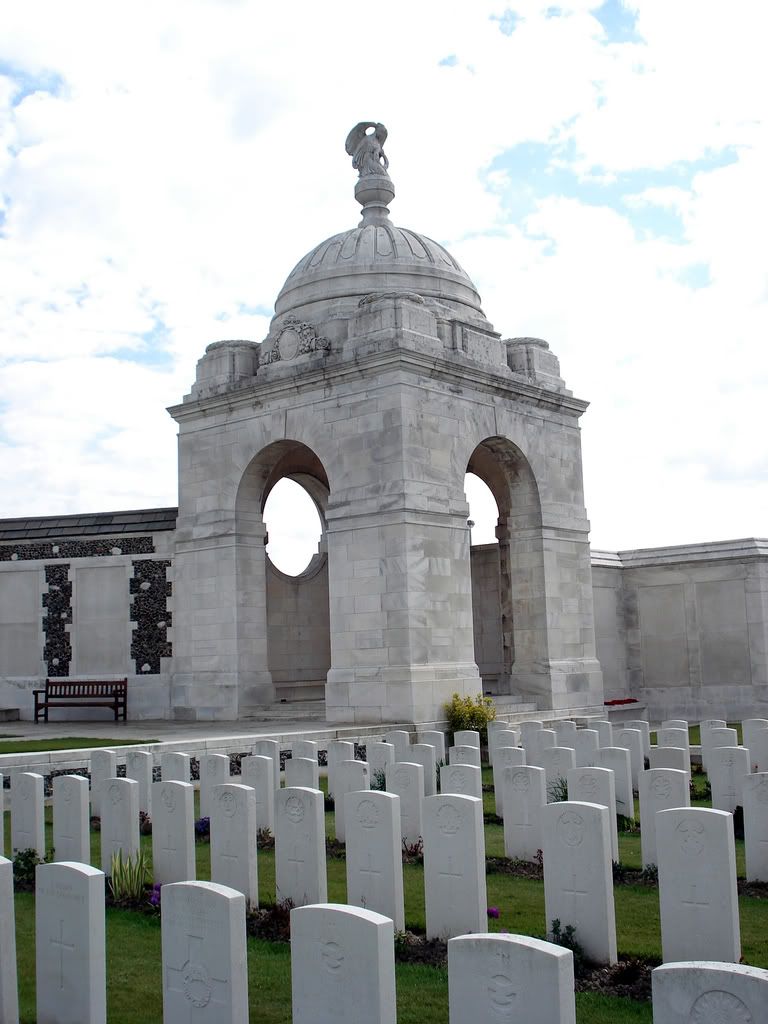
The only remaining trenches from the First World War.
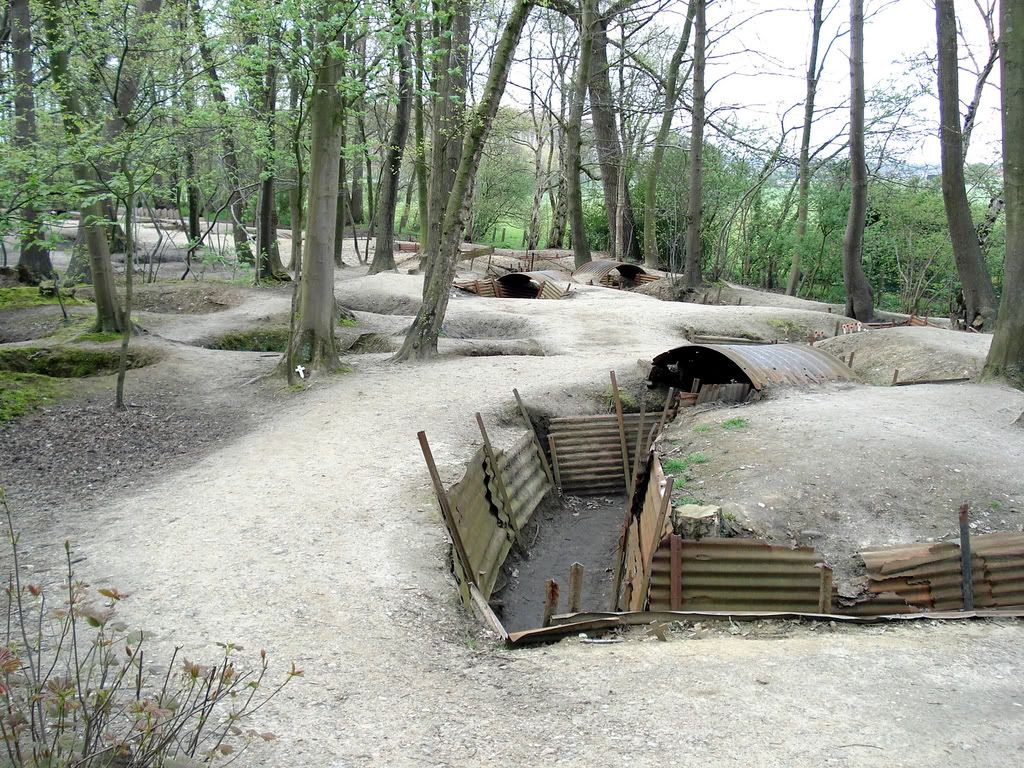
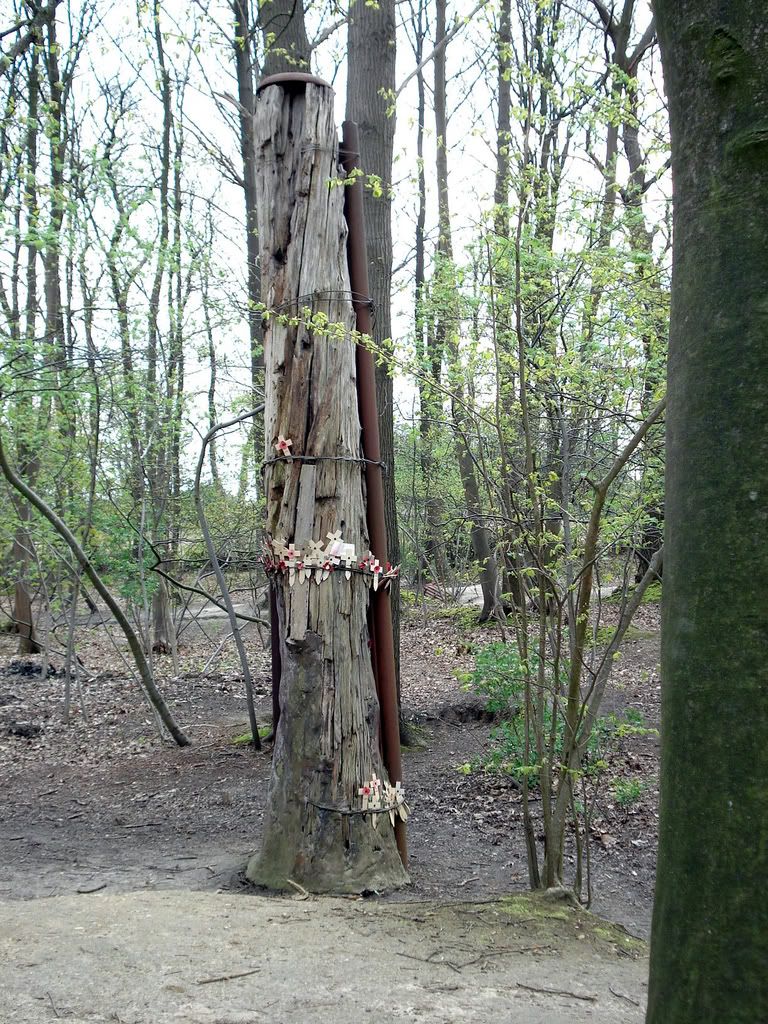
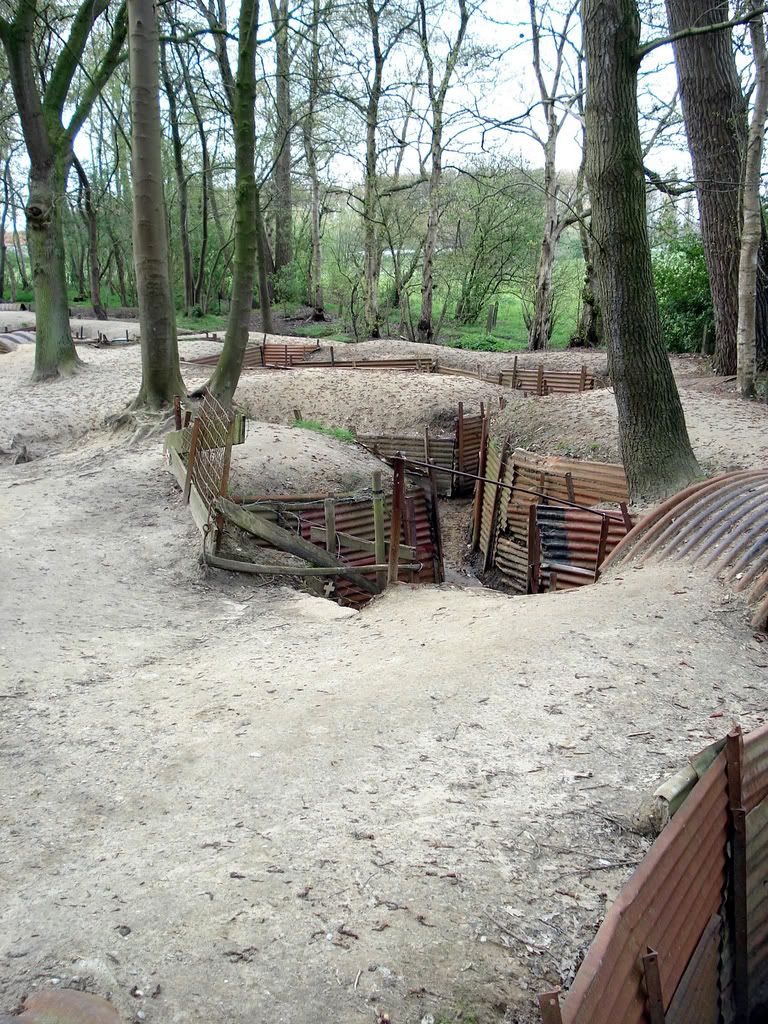
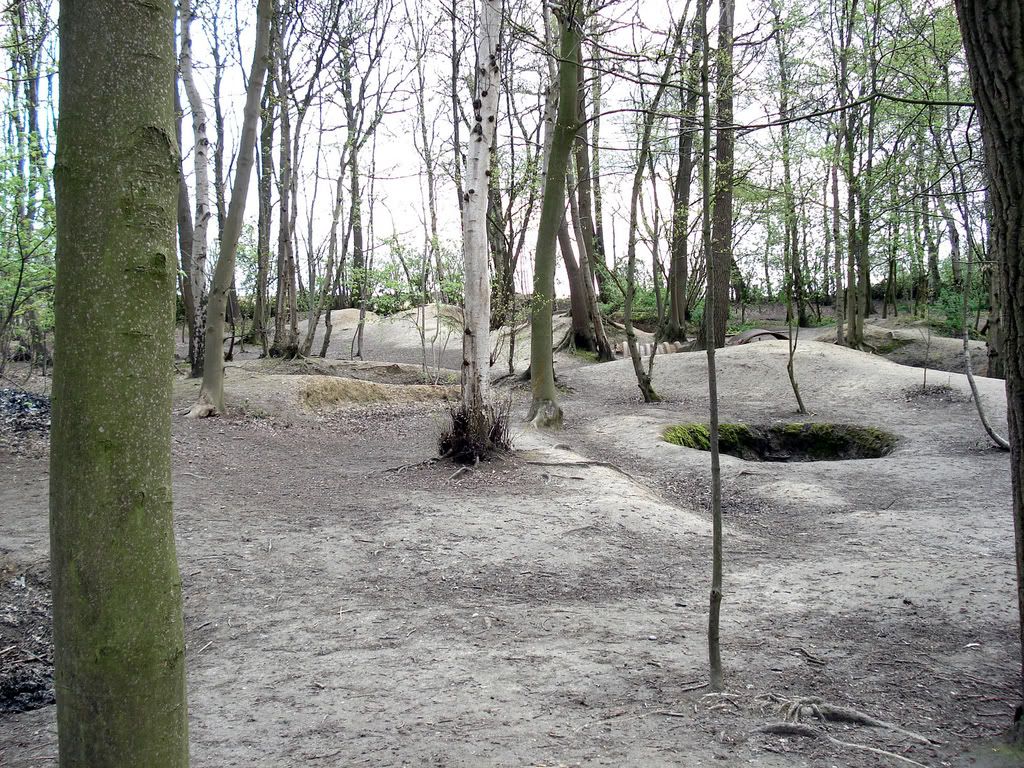
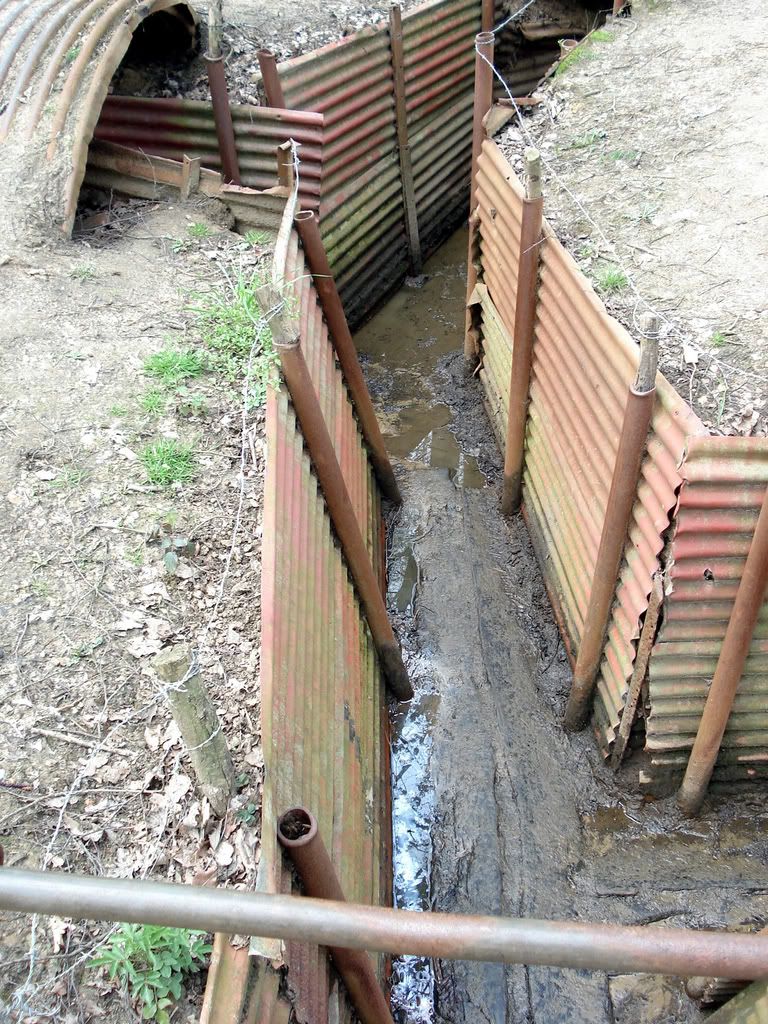
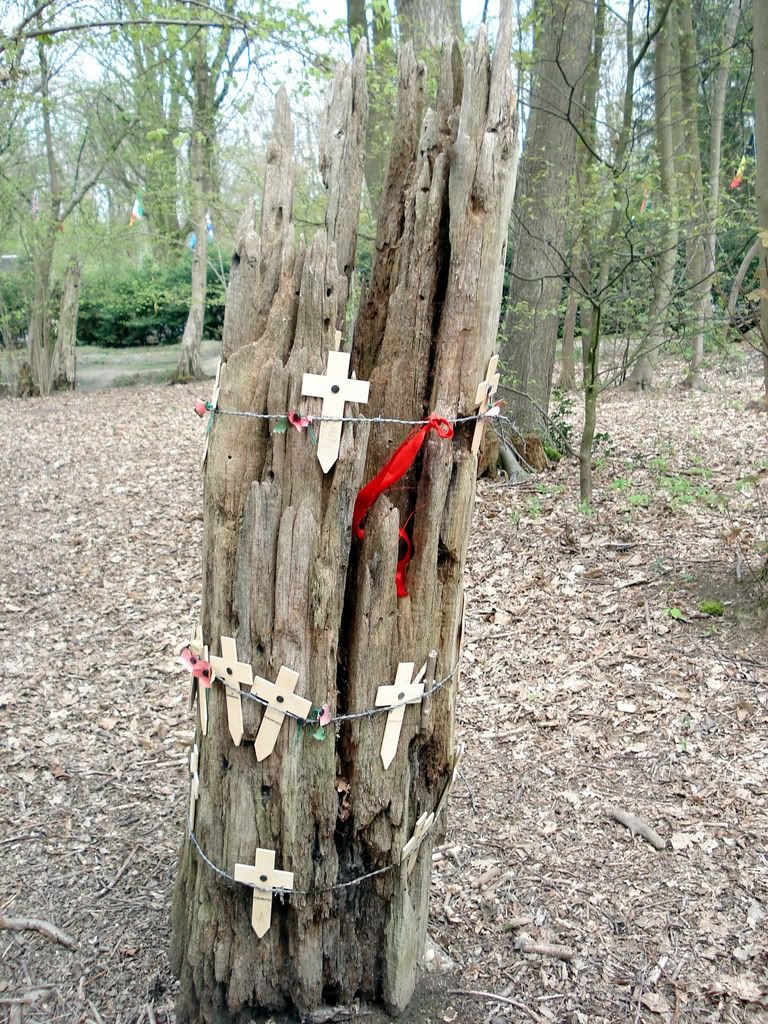
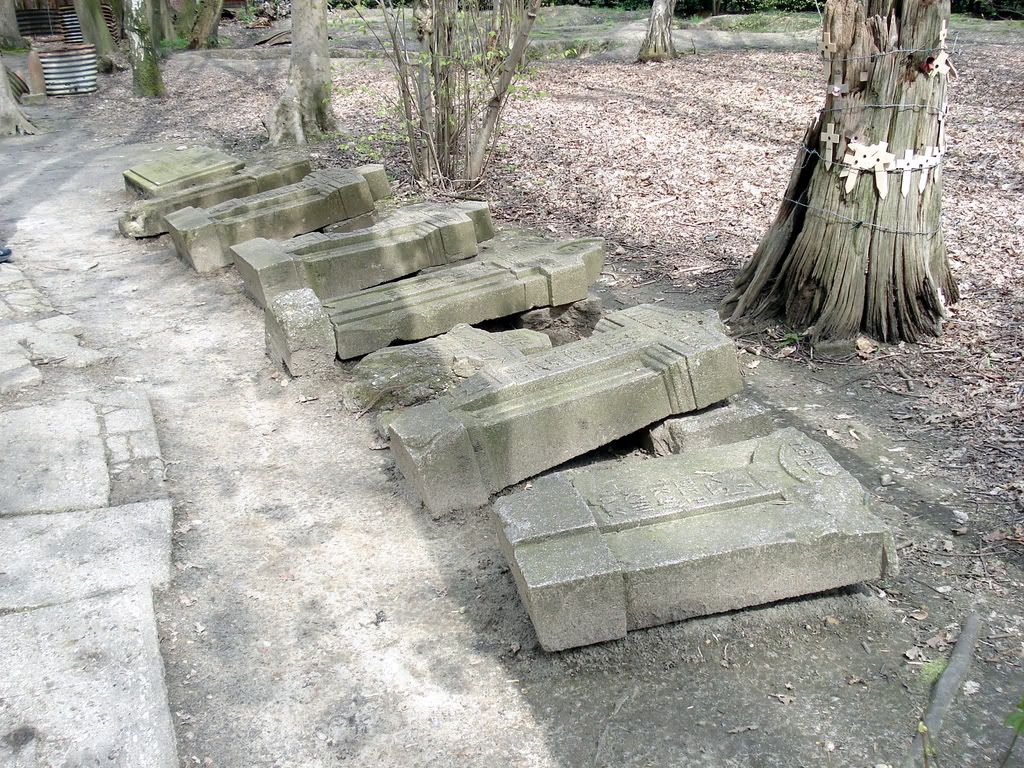
Menin Gate

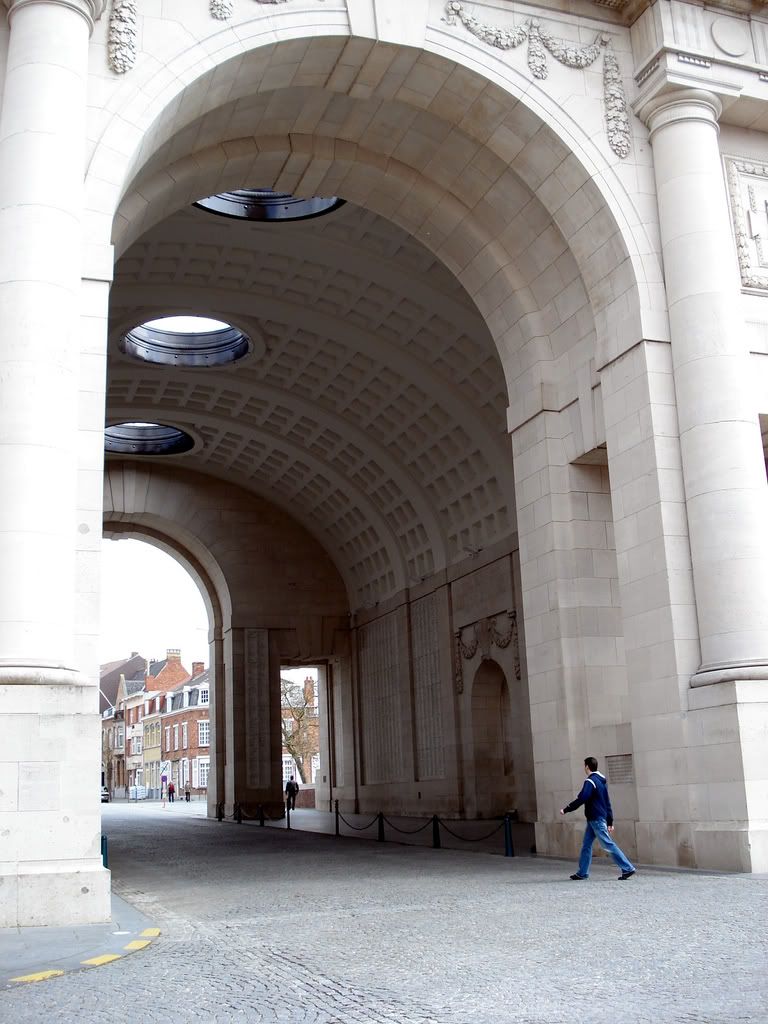
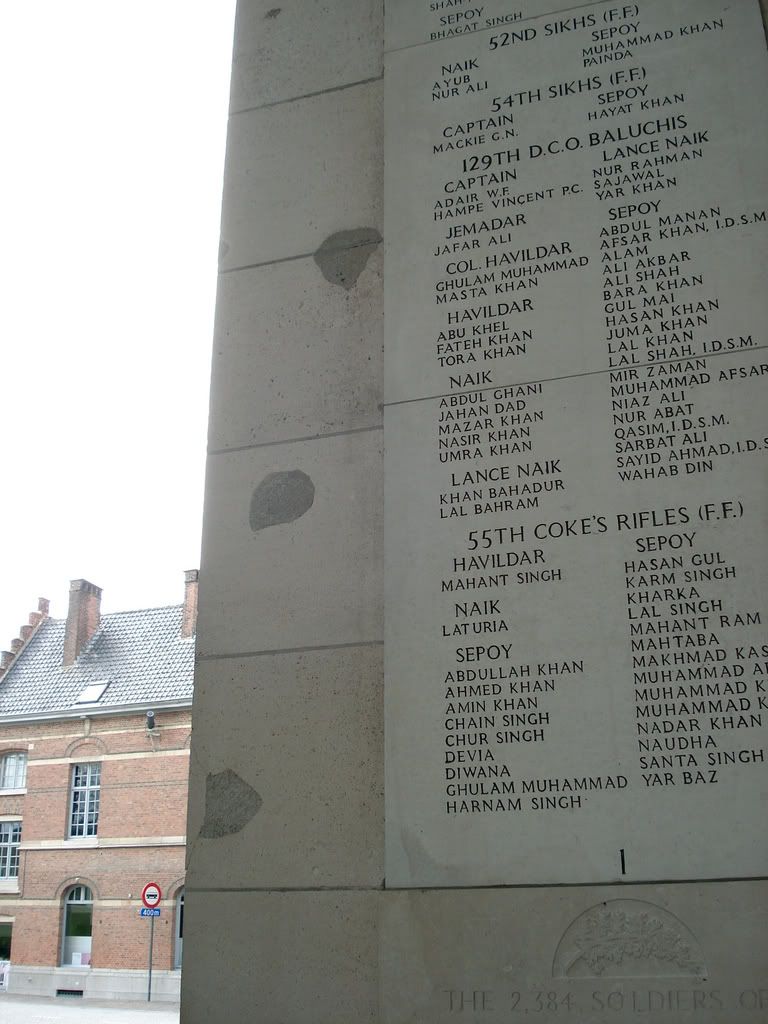
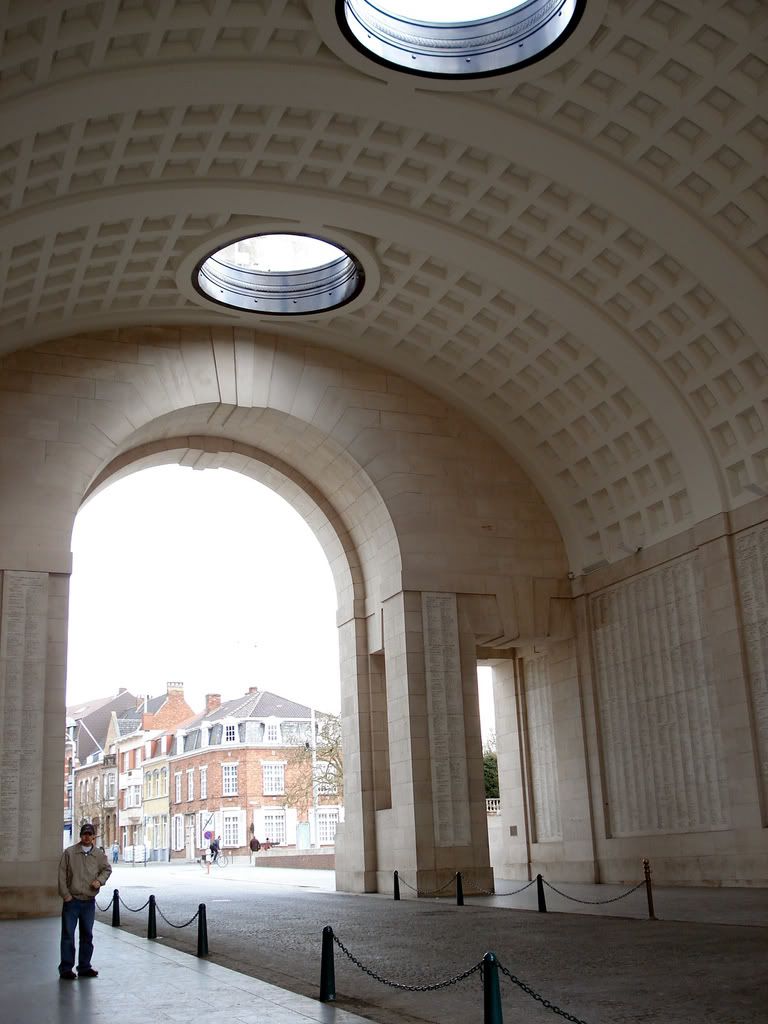

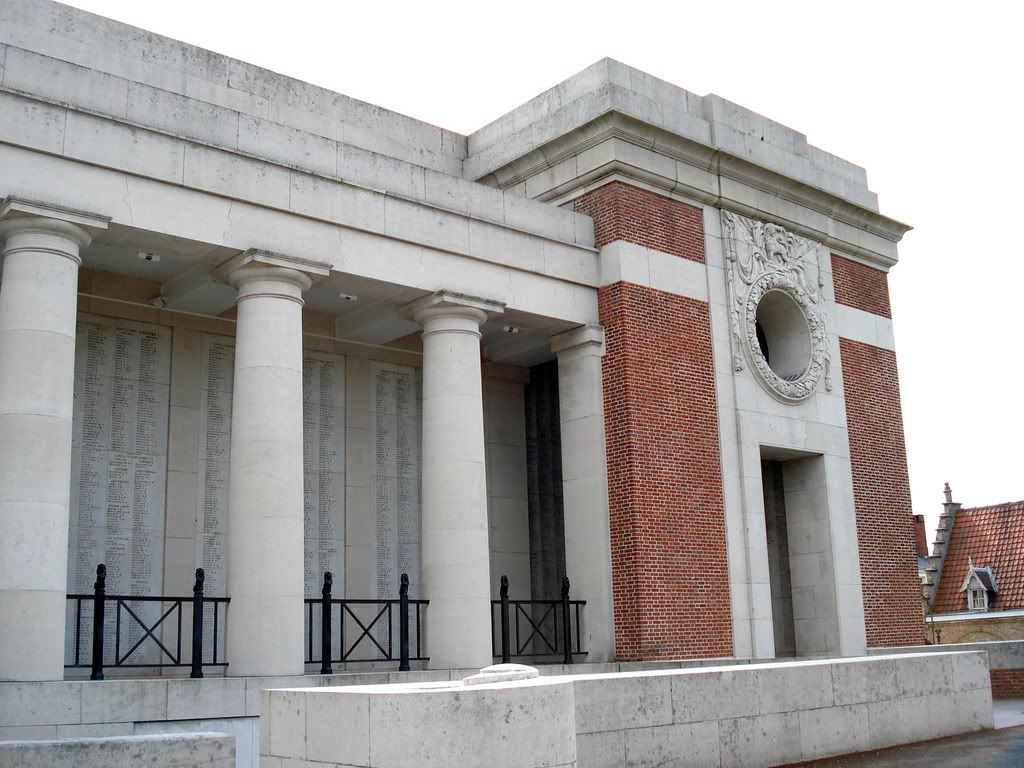

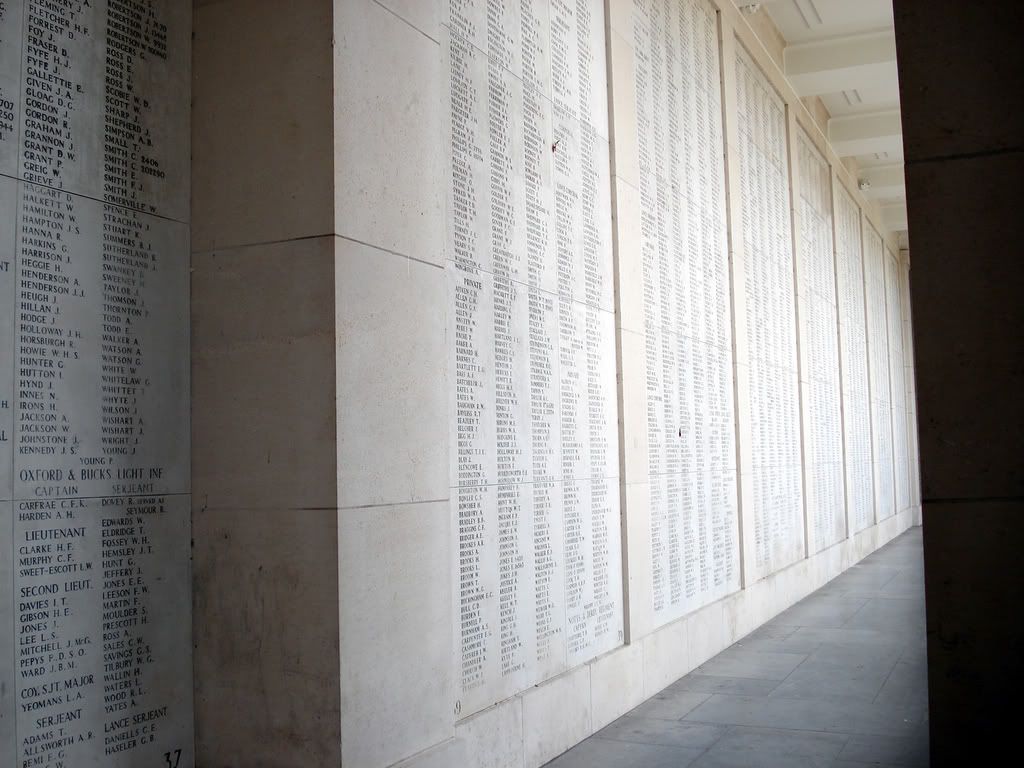
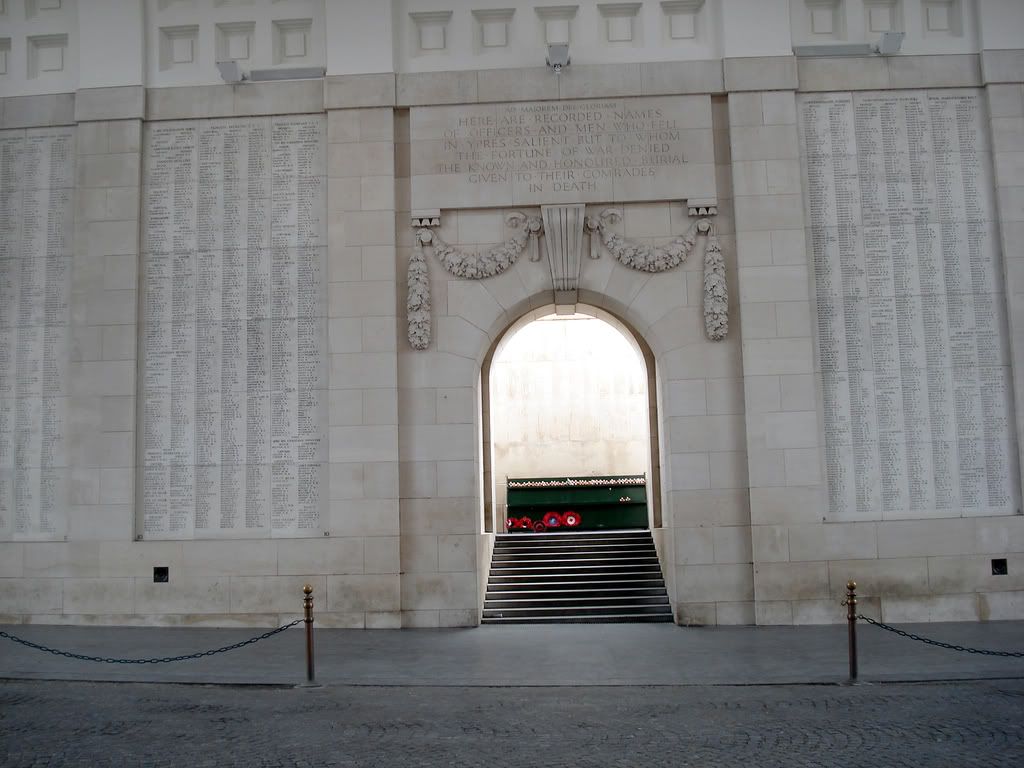
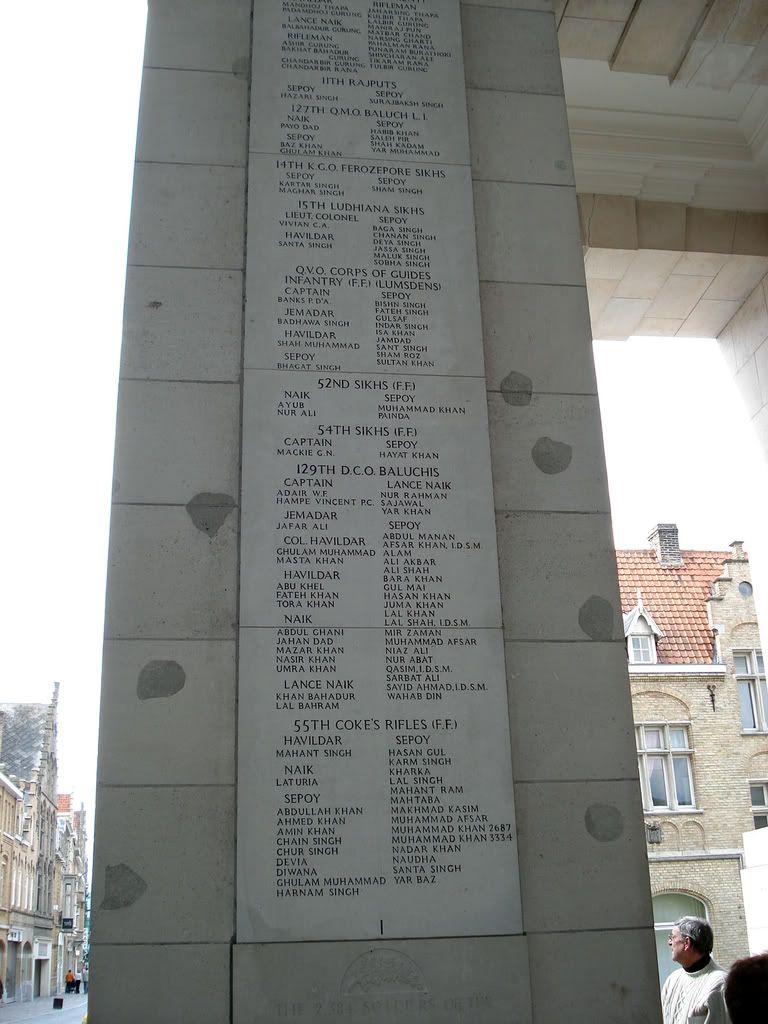
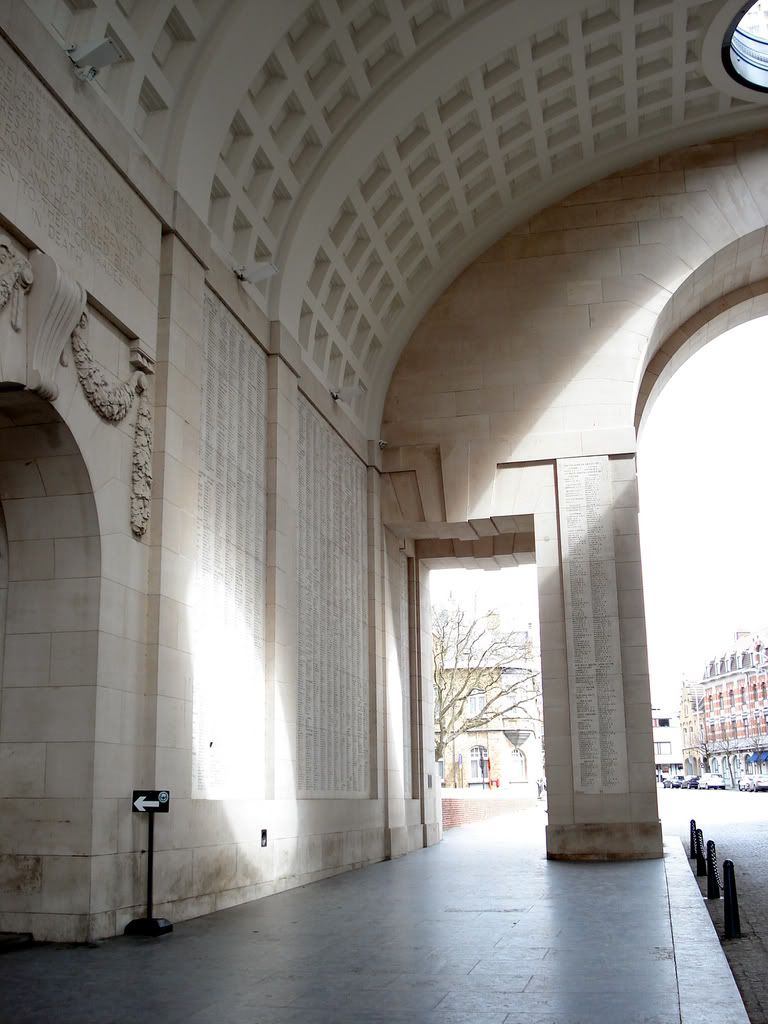
Everything in the town of Ypres was rebuilt post-WWI exactly how it looked prior to the war with German money. So everything you see in these pictures might look old, but nothing pre-dates 1920. The large arch in the middle of town is the Menin Gate with names of those in the Commonwealth forces who were killed and missing. Also in this set is Tyne Cot Cemetery which is the largest Commonwealth Cemetery in the world, and is the home to the grave of Private James Peter Robinson who was a Canadian Victoria Cross recipient.







The spot where "In Flanders Fields" by John McCrae





One of only 4 German cemeteries in Belgium. Essentially it is a mass grave as bodies were simply tossed into a pit. Hitler visited this cemetery a couple times during WWII.









The Canadian WWI War Memorial. This is the exact spot where Mustard Gas was first used by the Germans.











This field is outside Passchendale and is on the edge of Tyne Cot Cemetery. In the ground here is anywhere from 100,000 to 250,000 bodies that were never recovered. For every square yard there are 34 bodies in the ground.













The only remaining trenches from the First World War.







Menin Gate
















